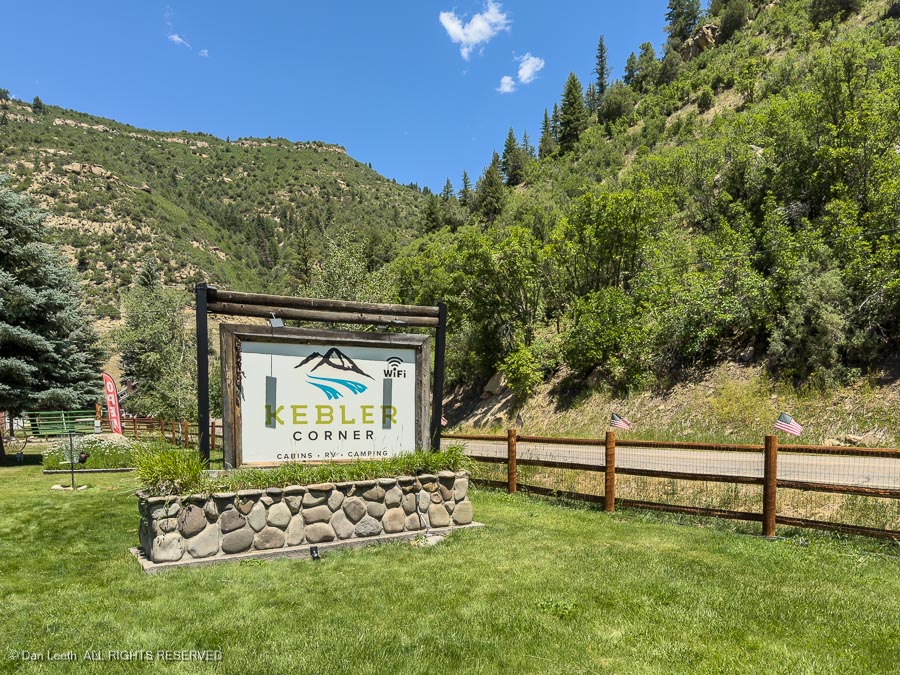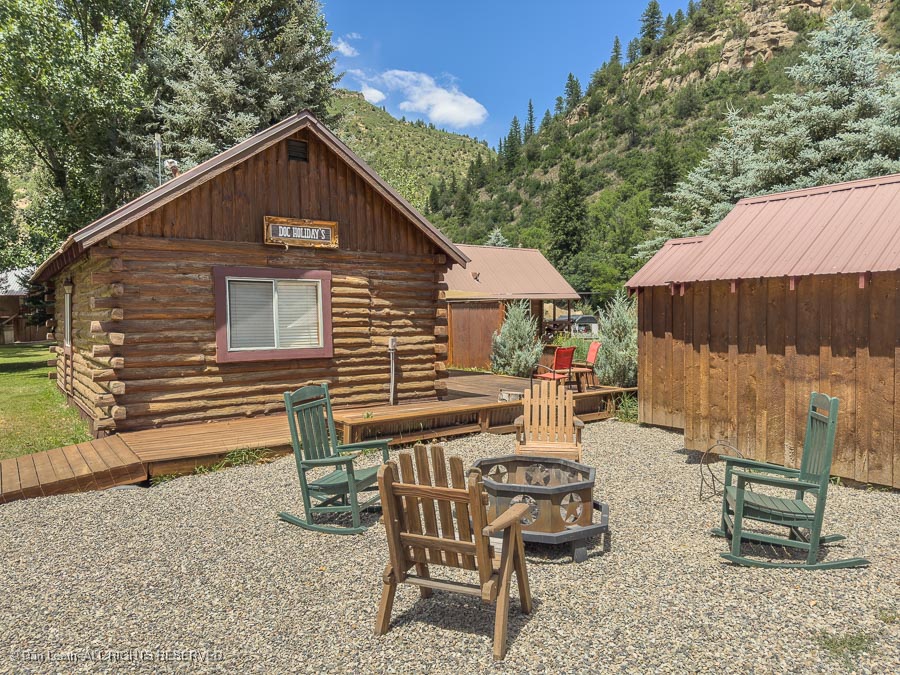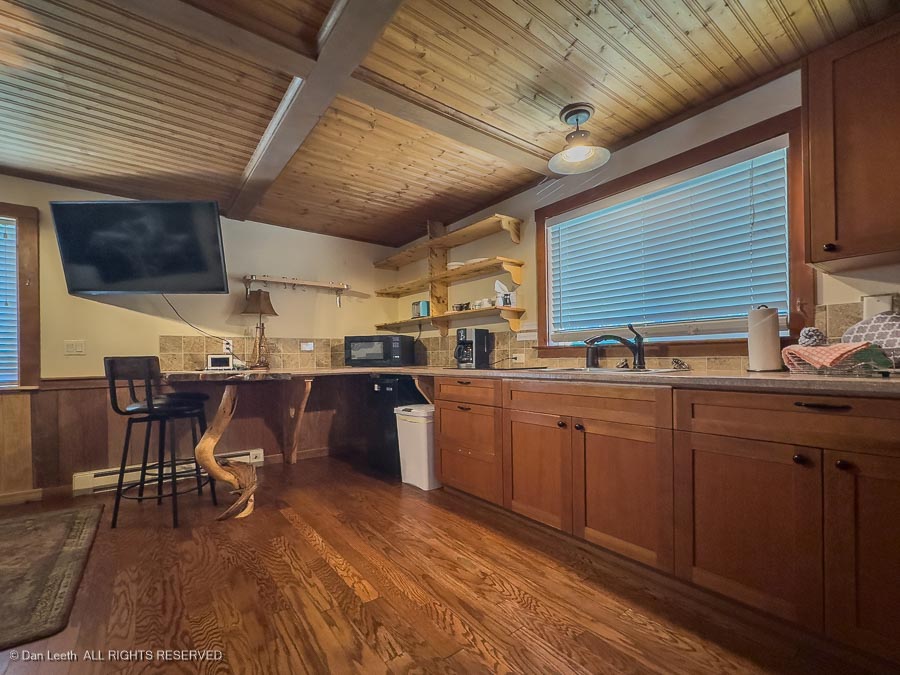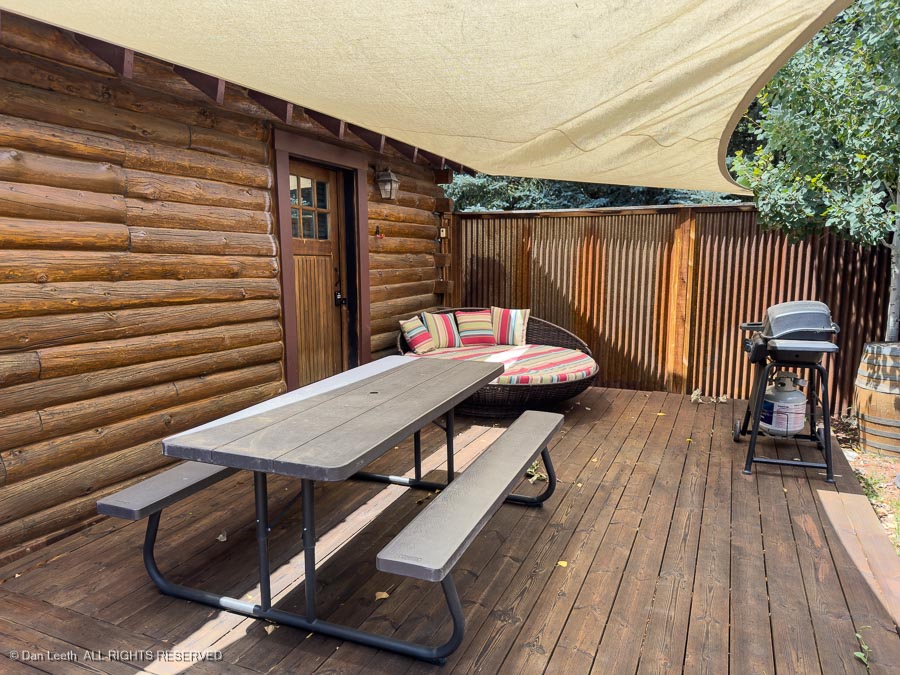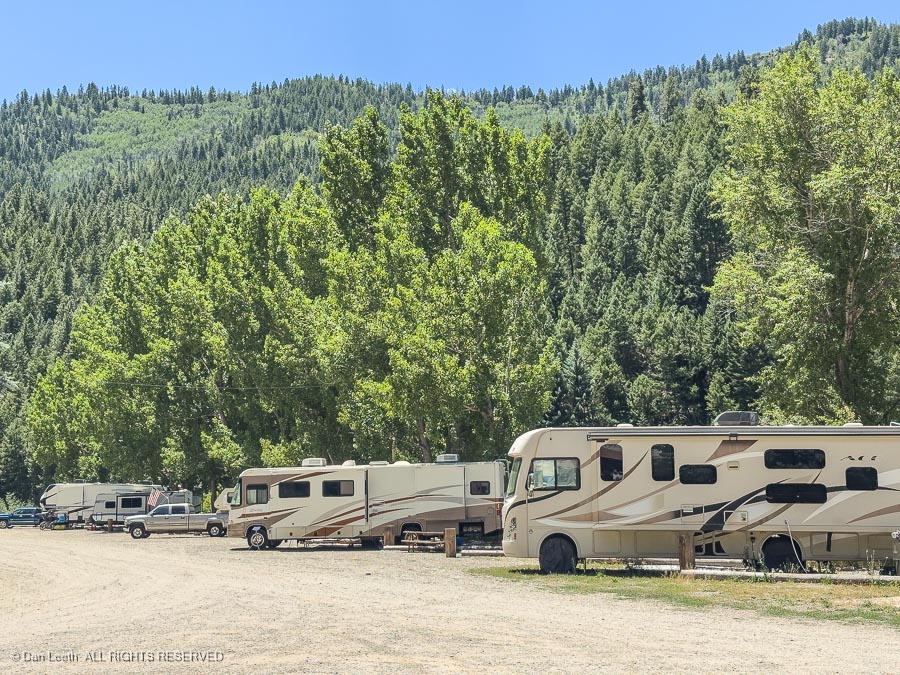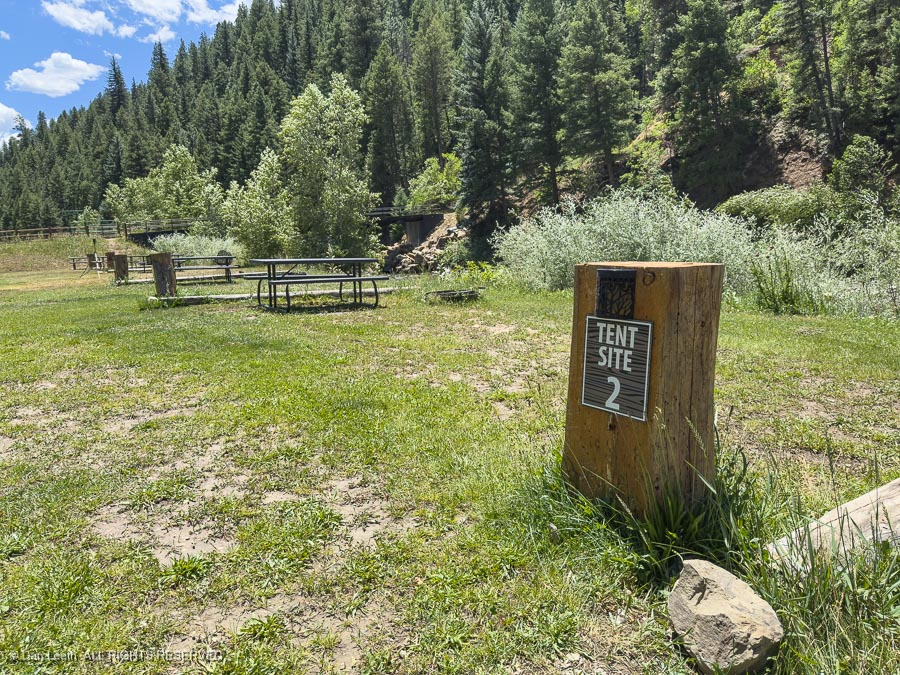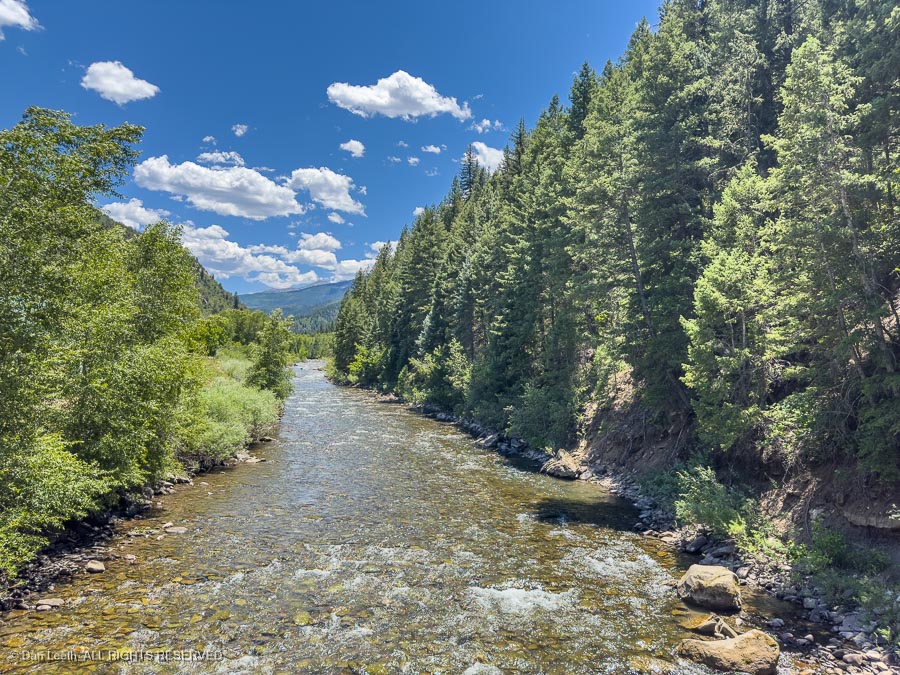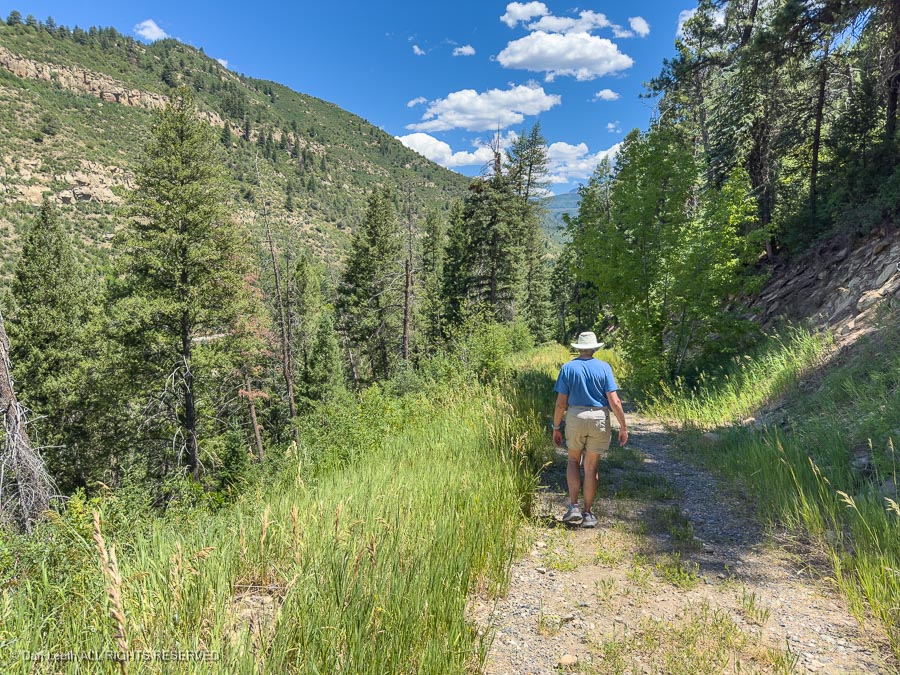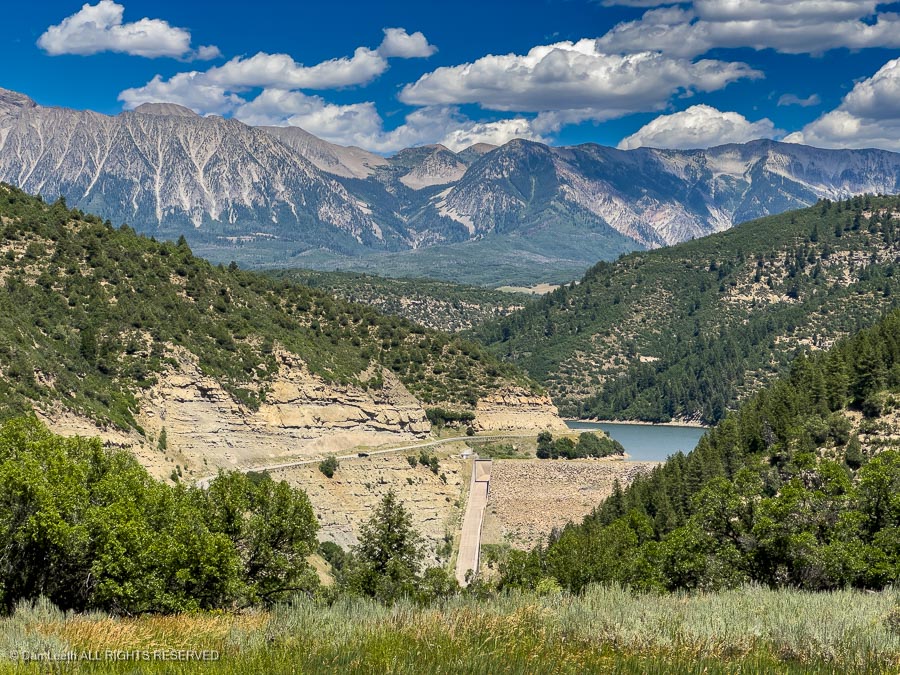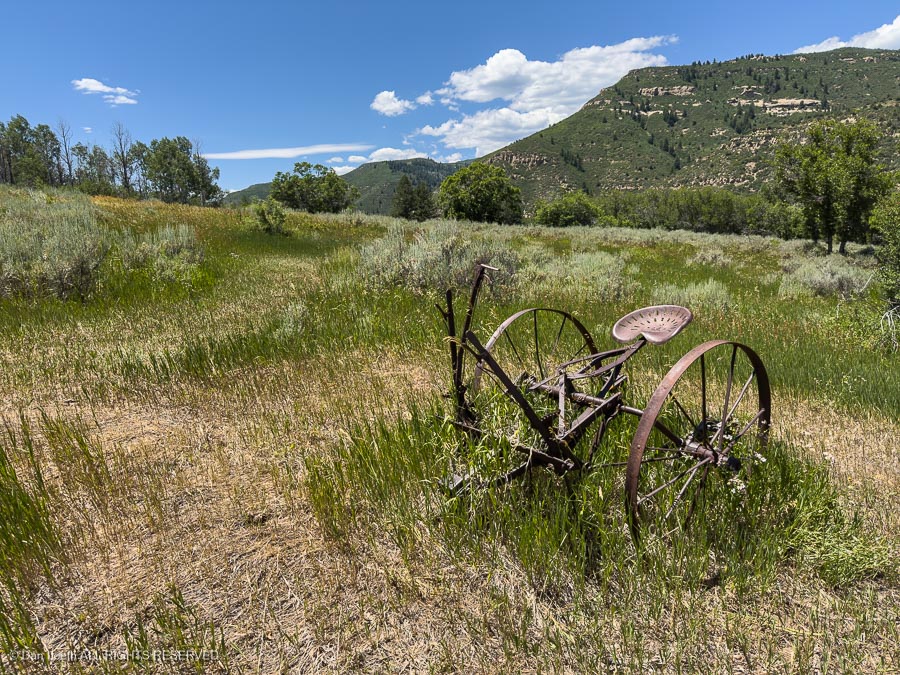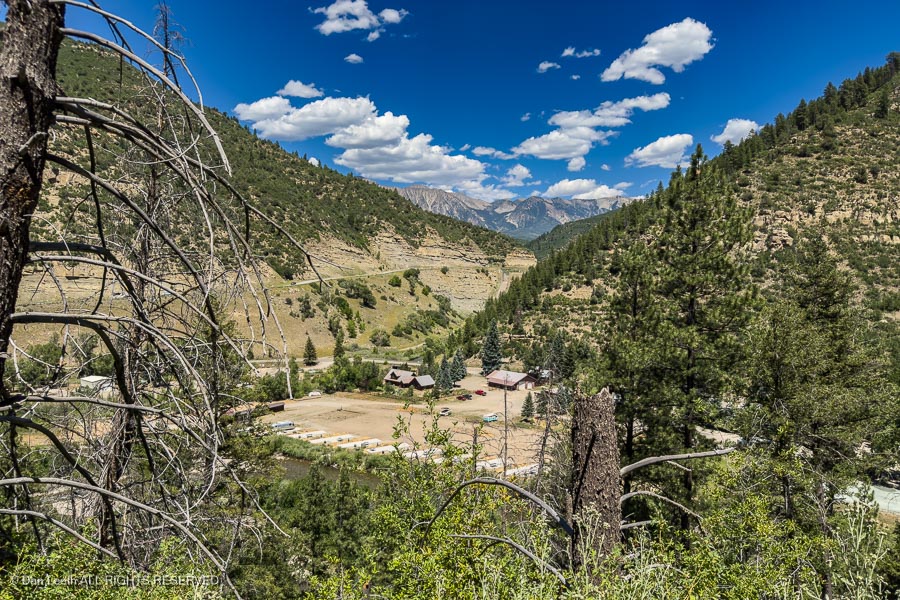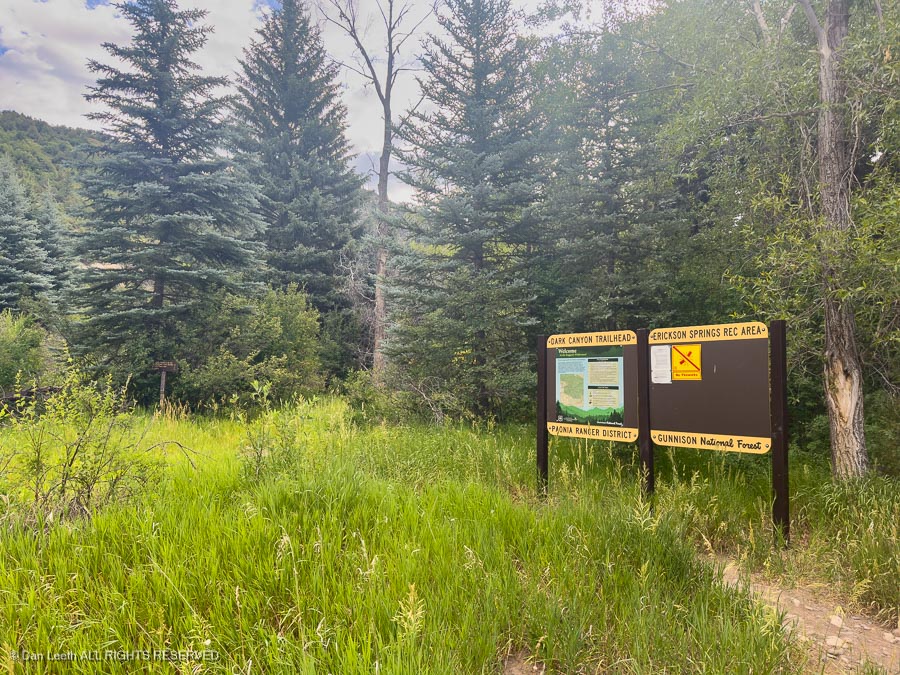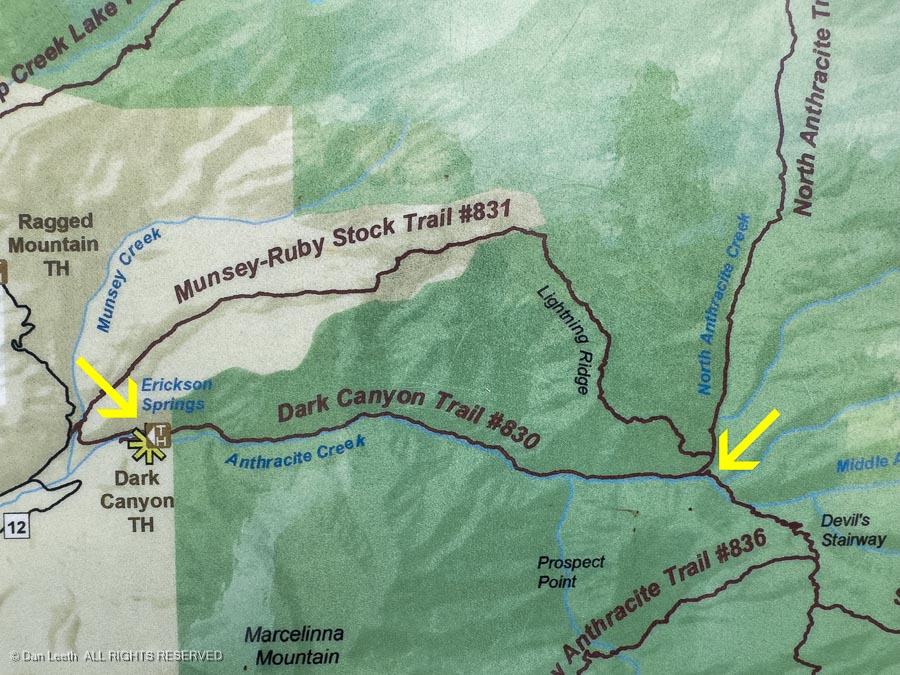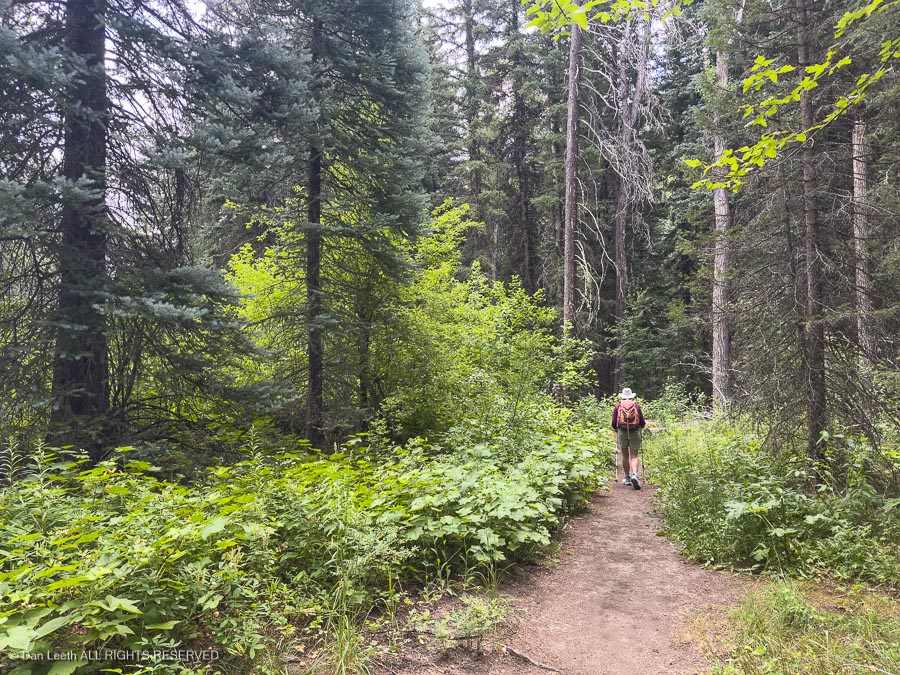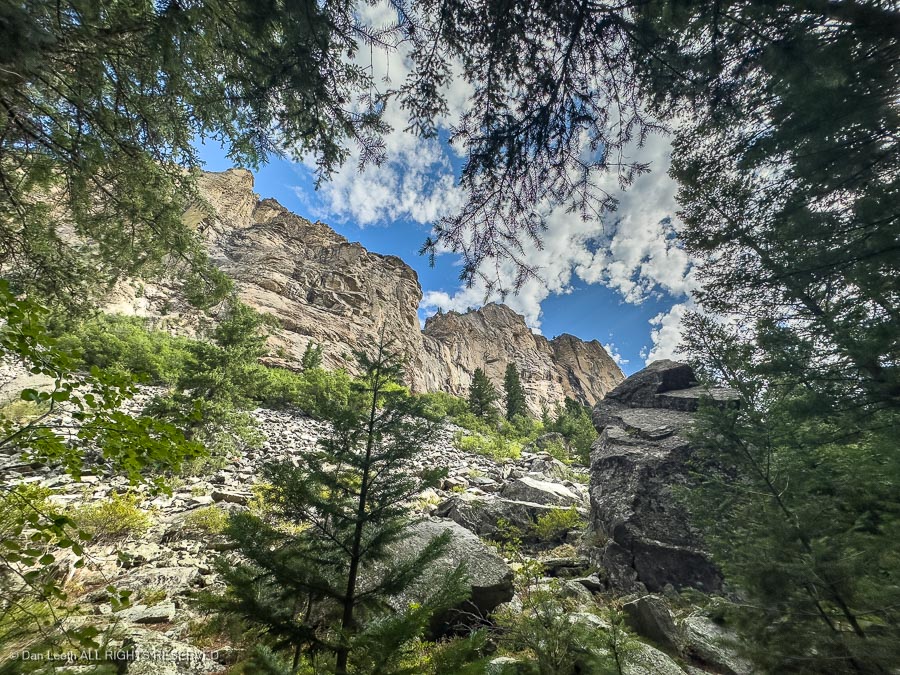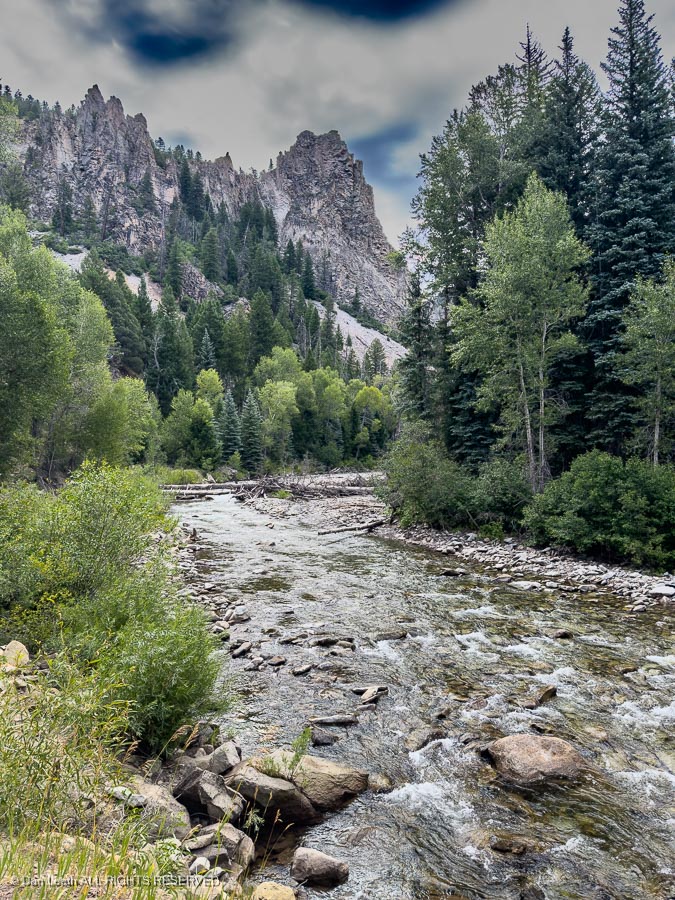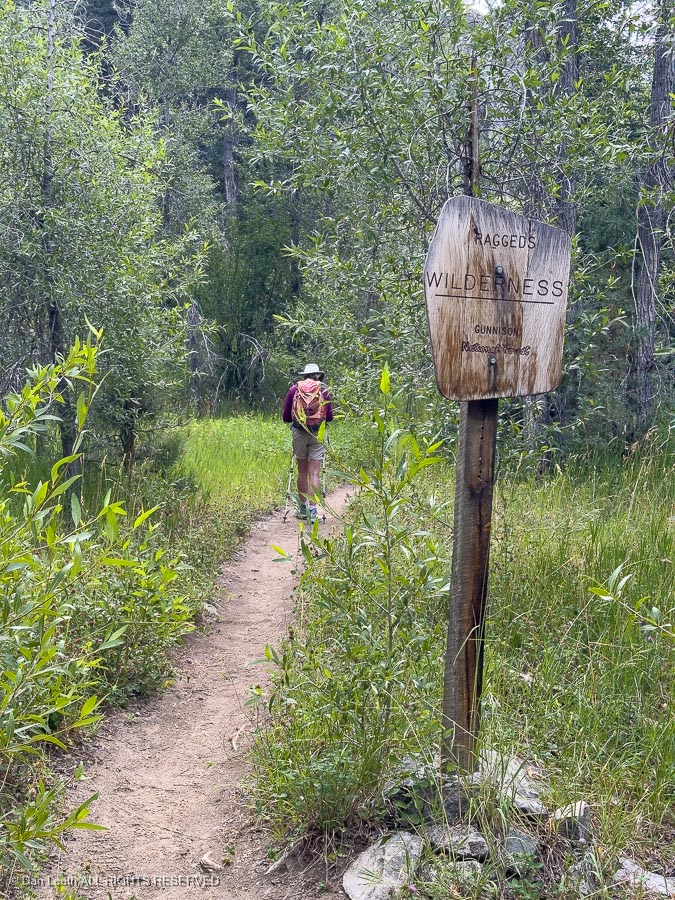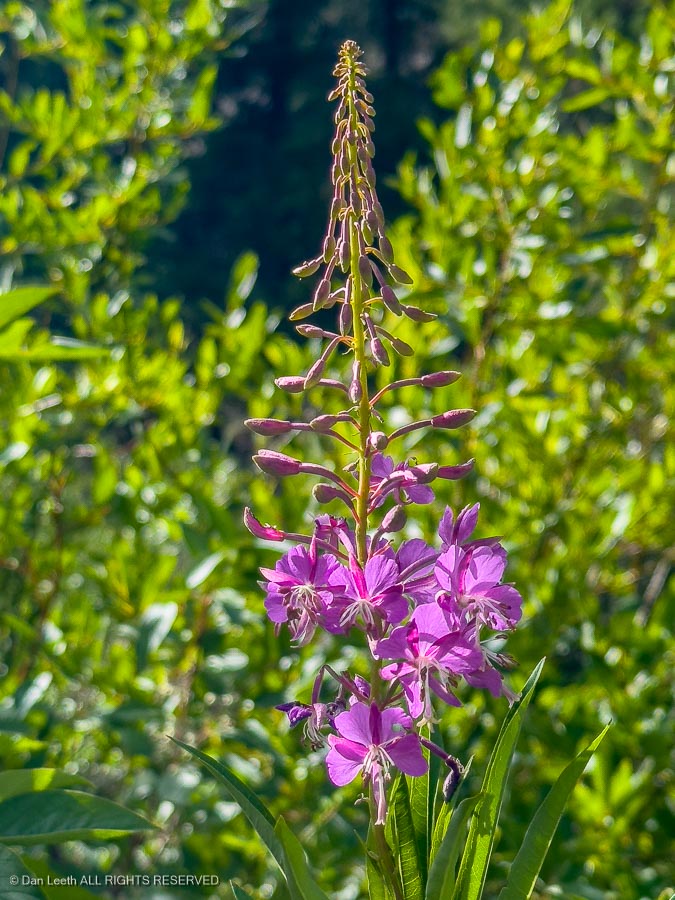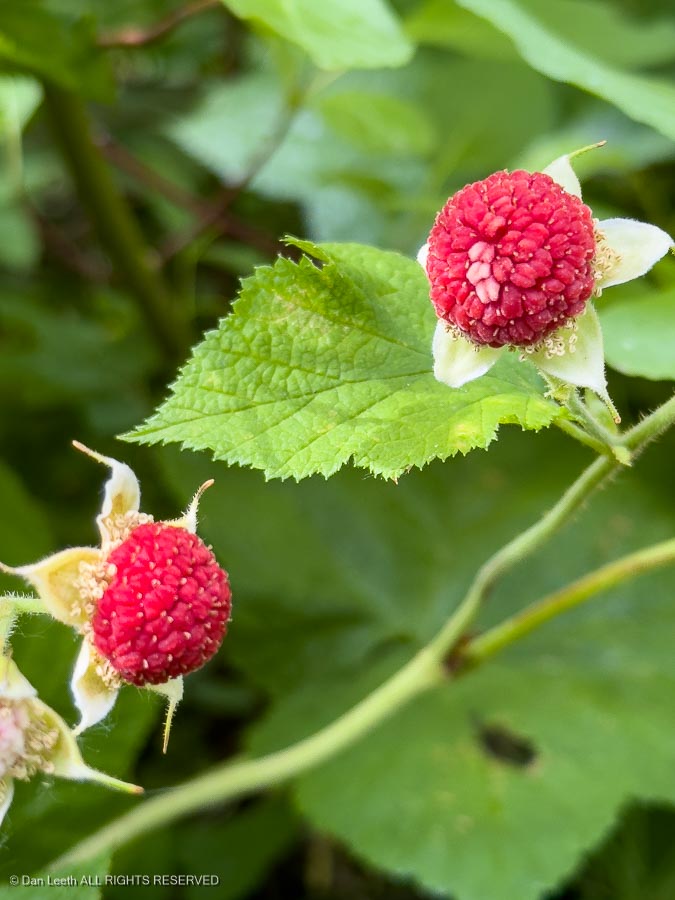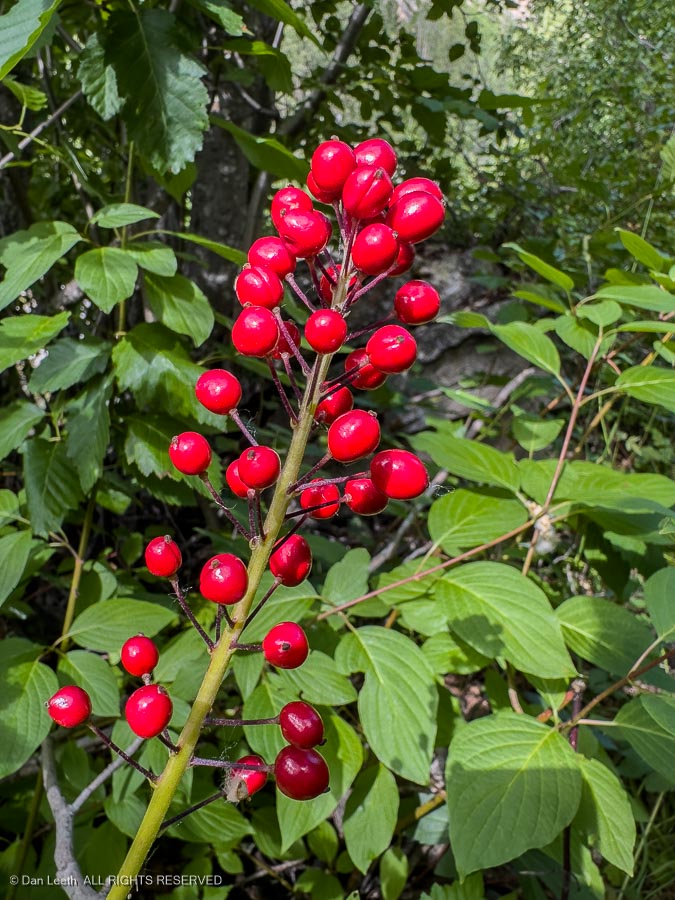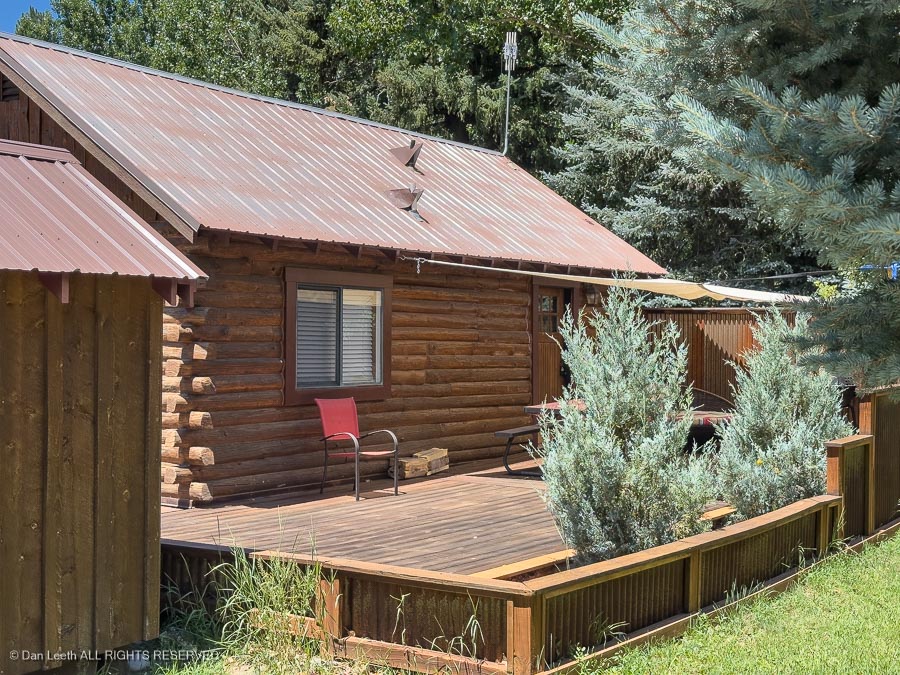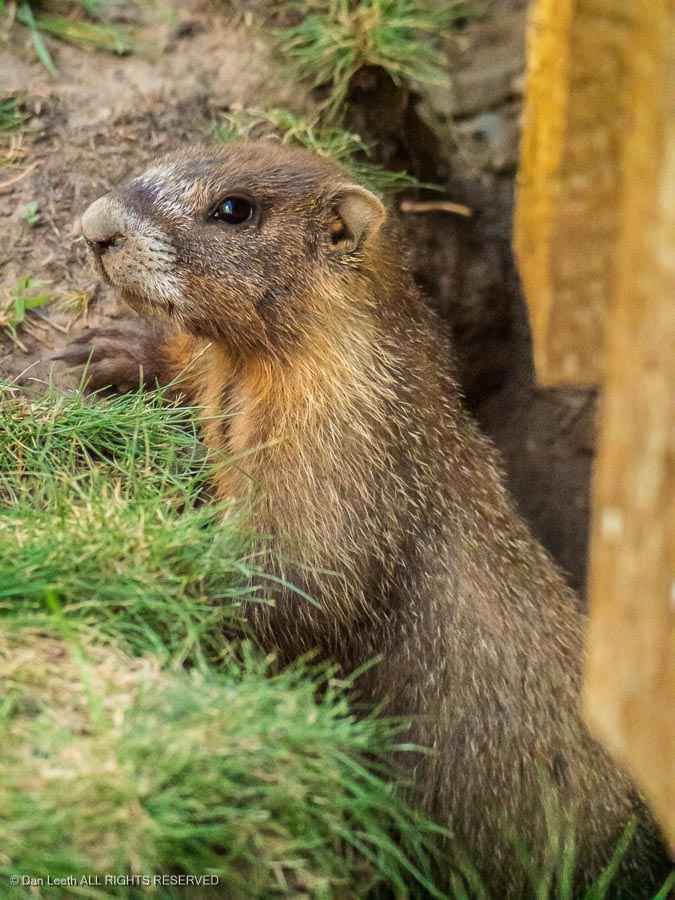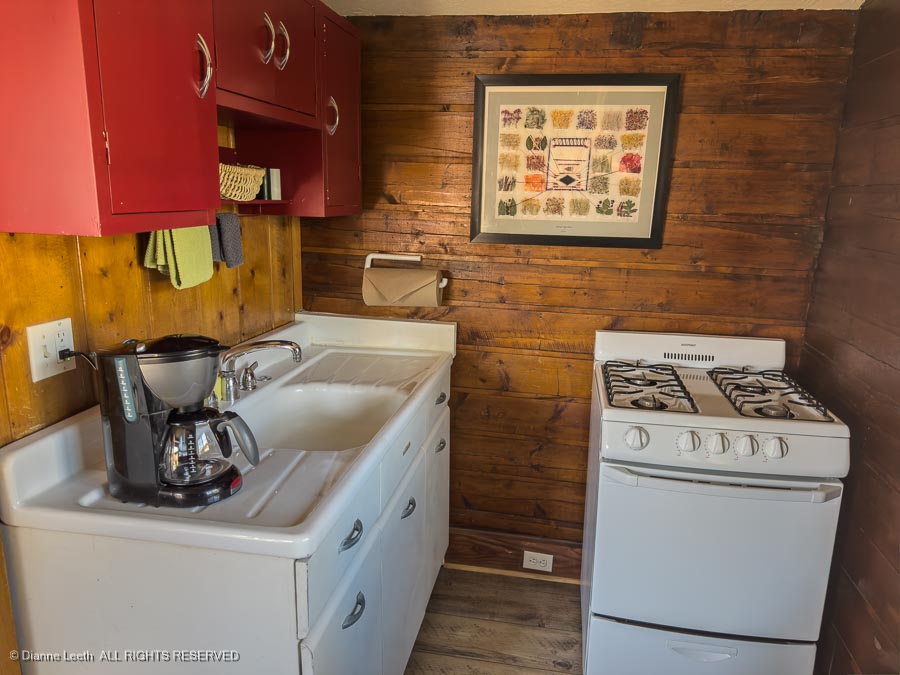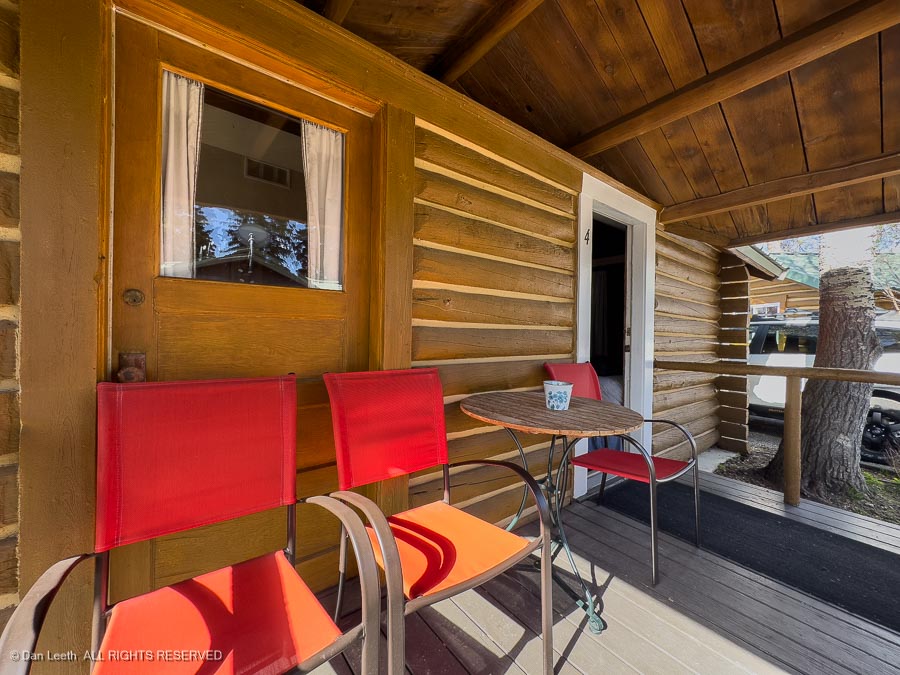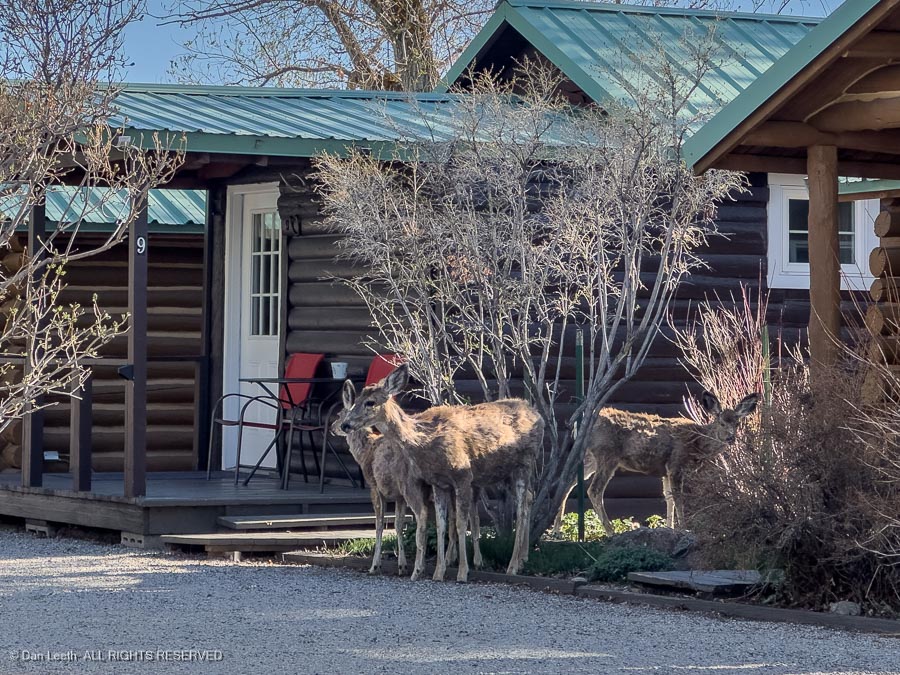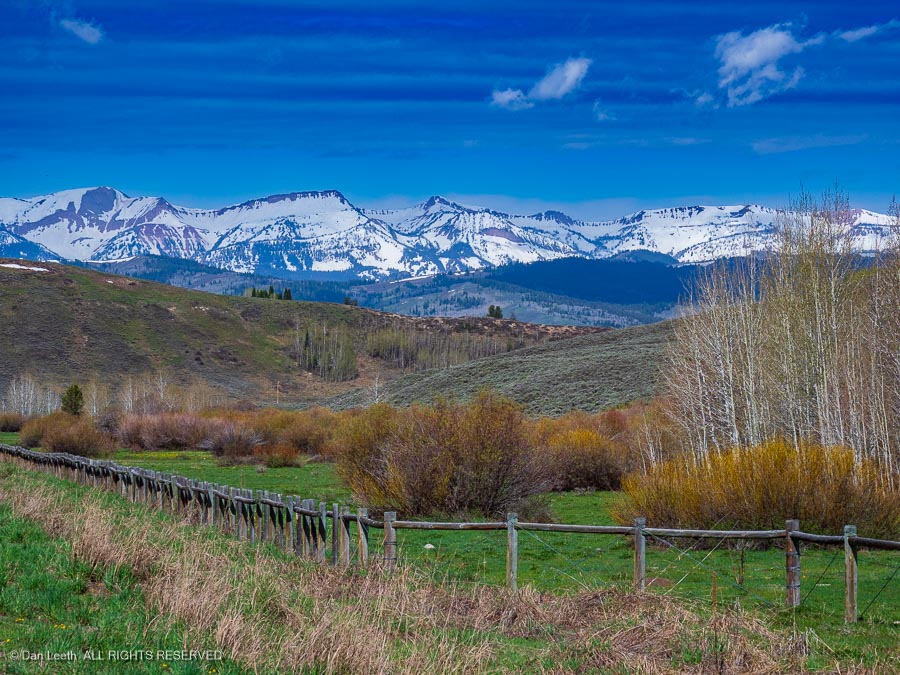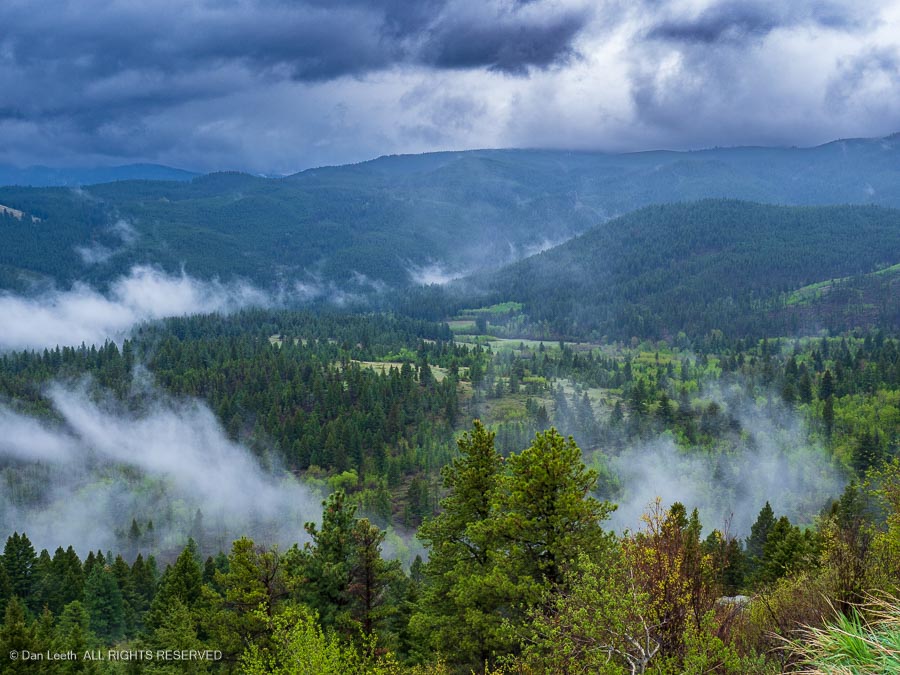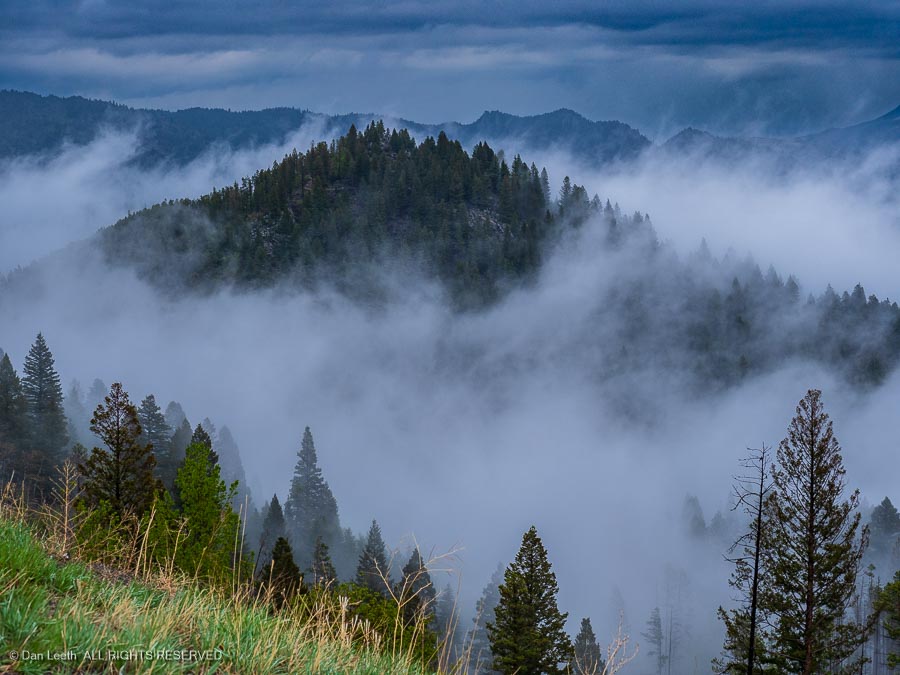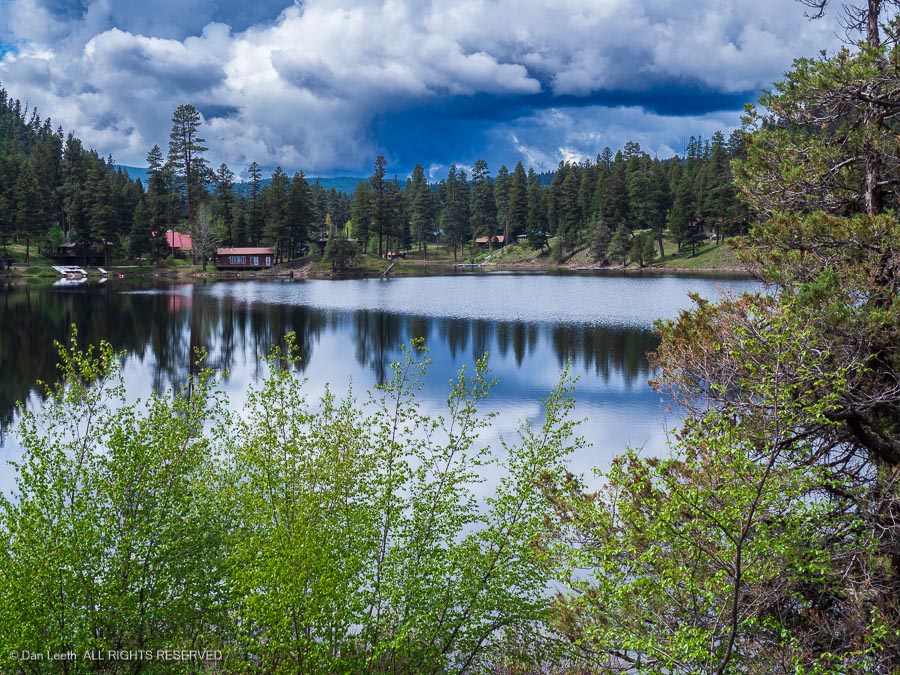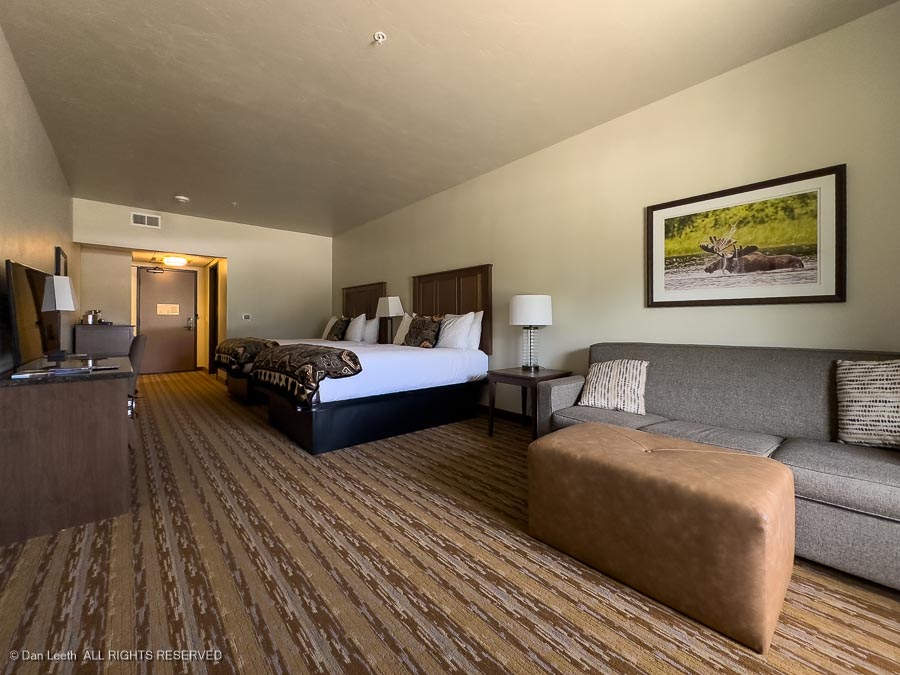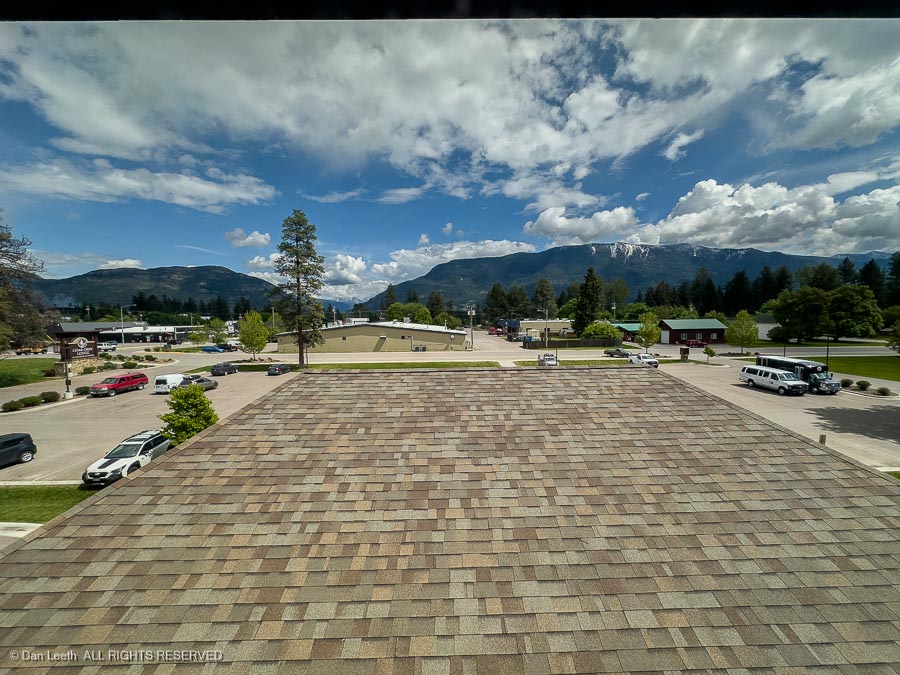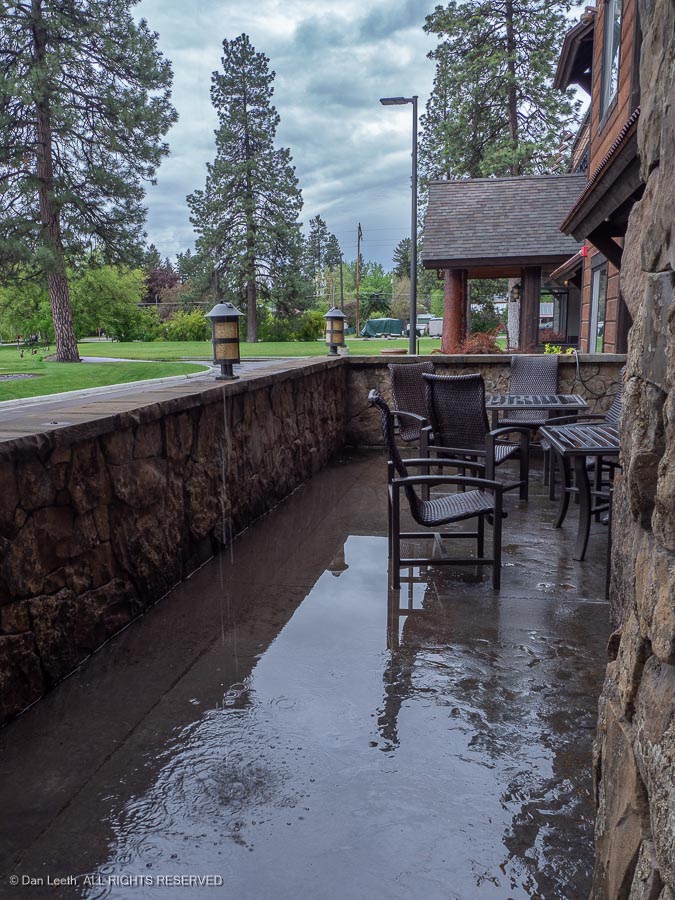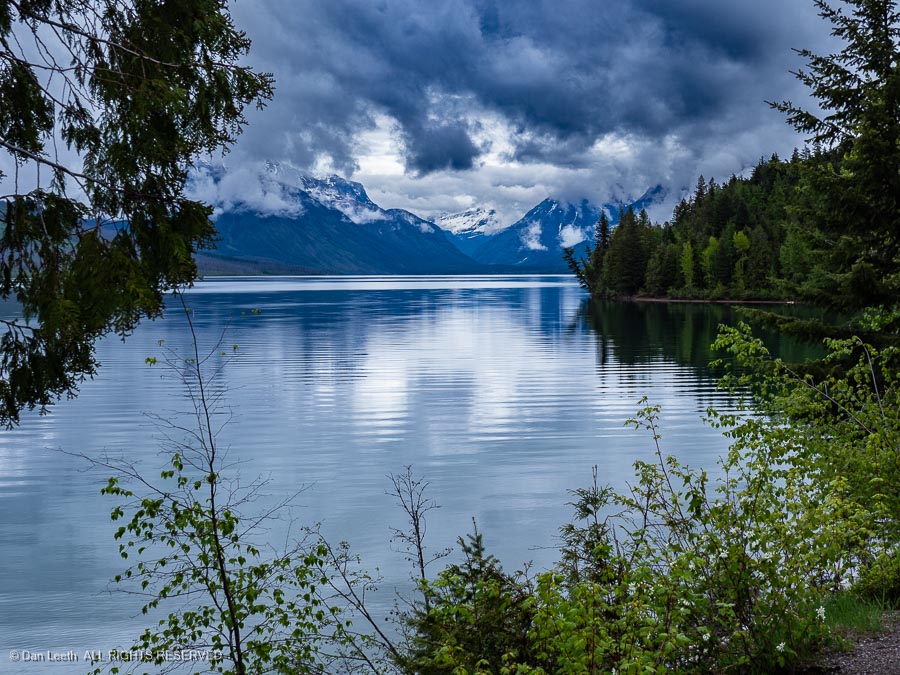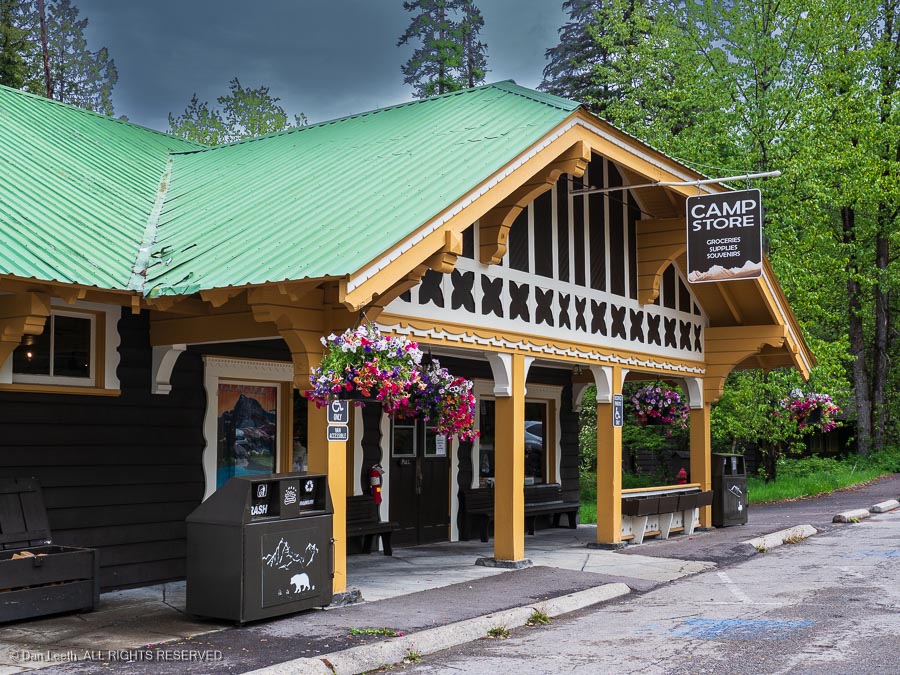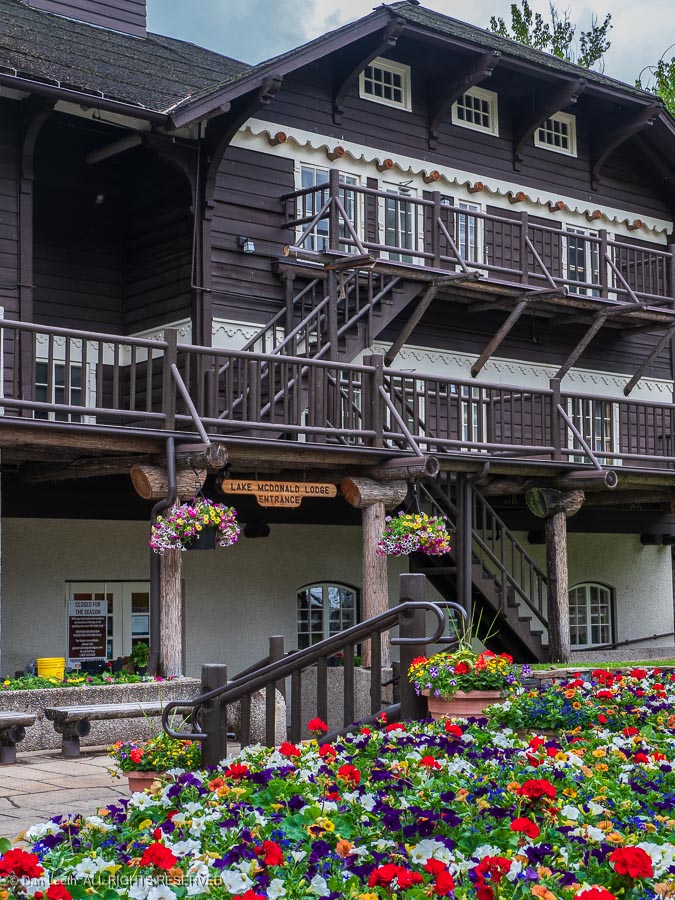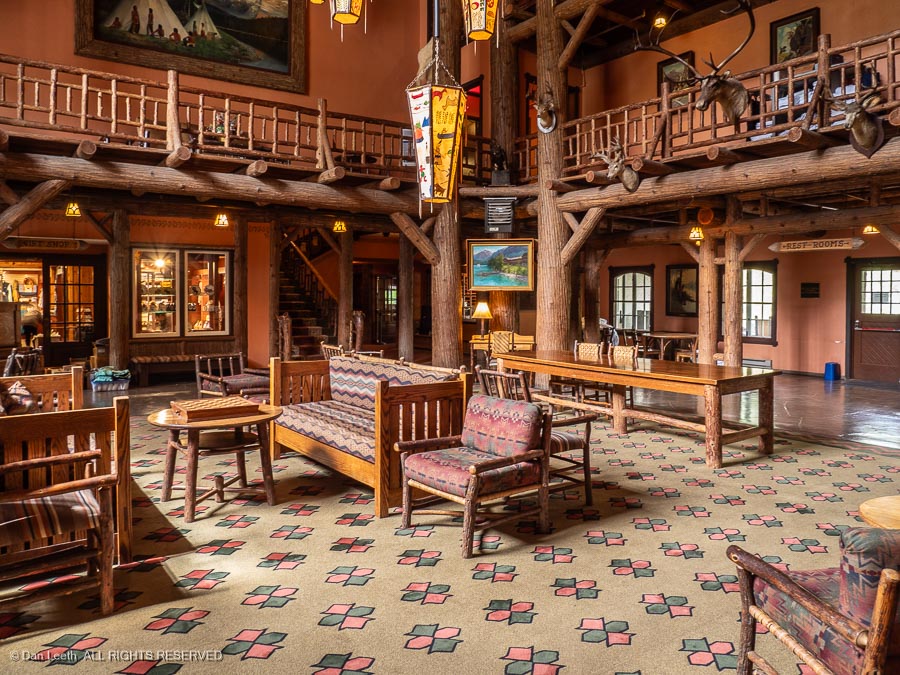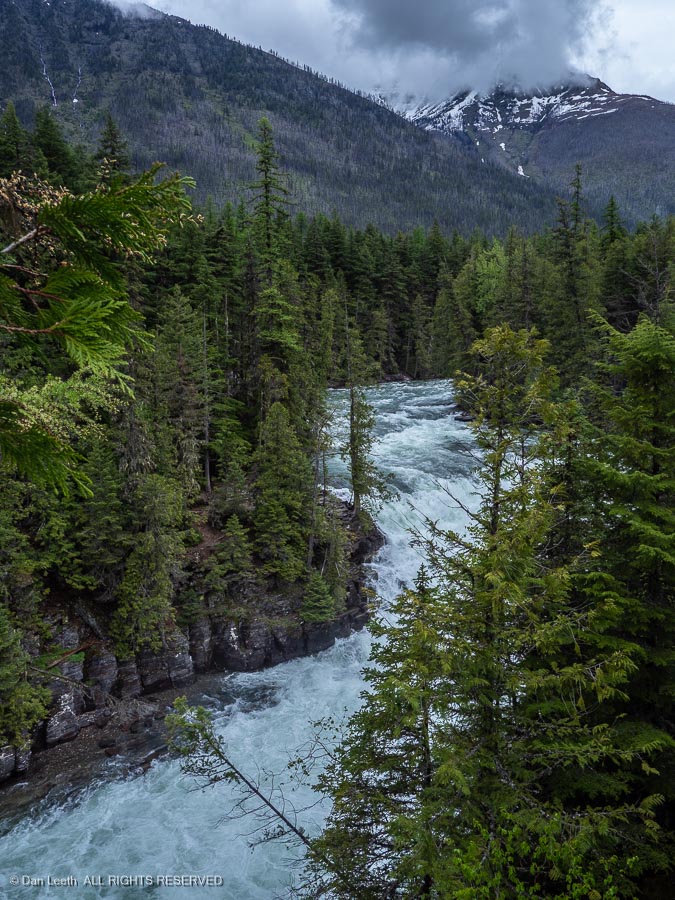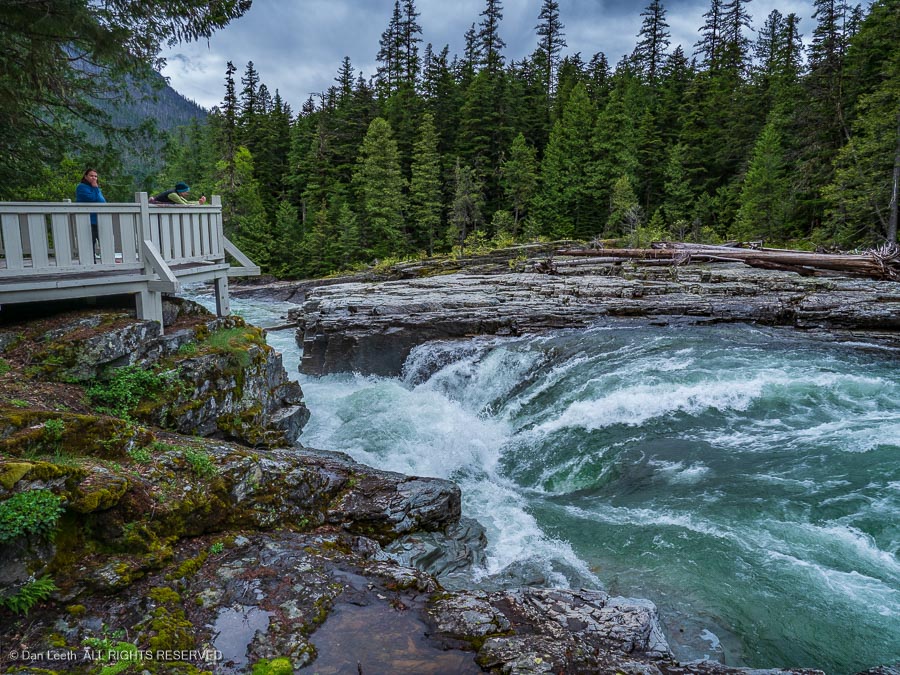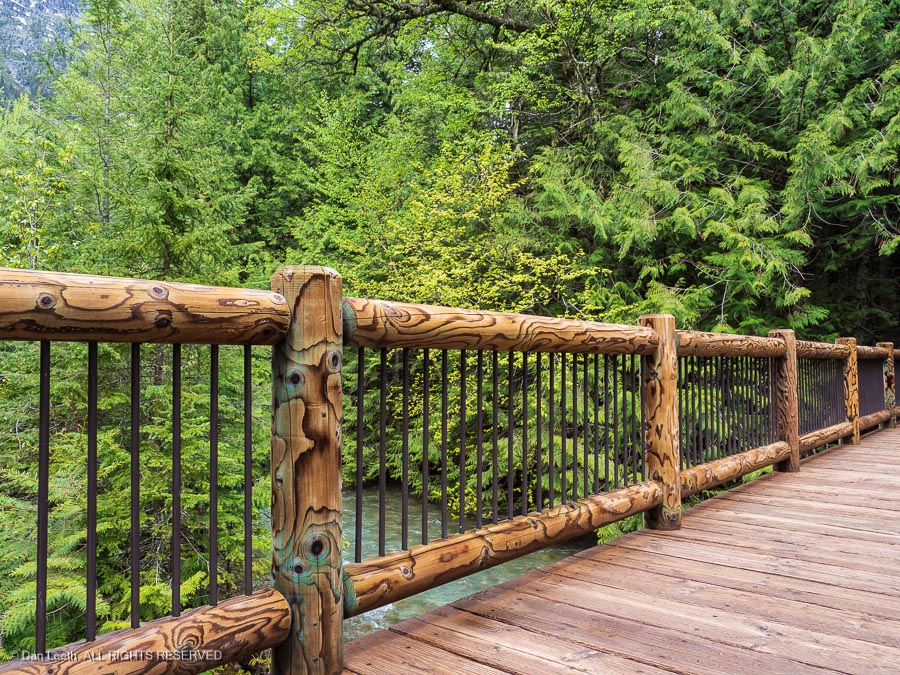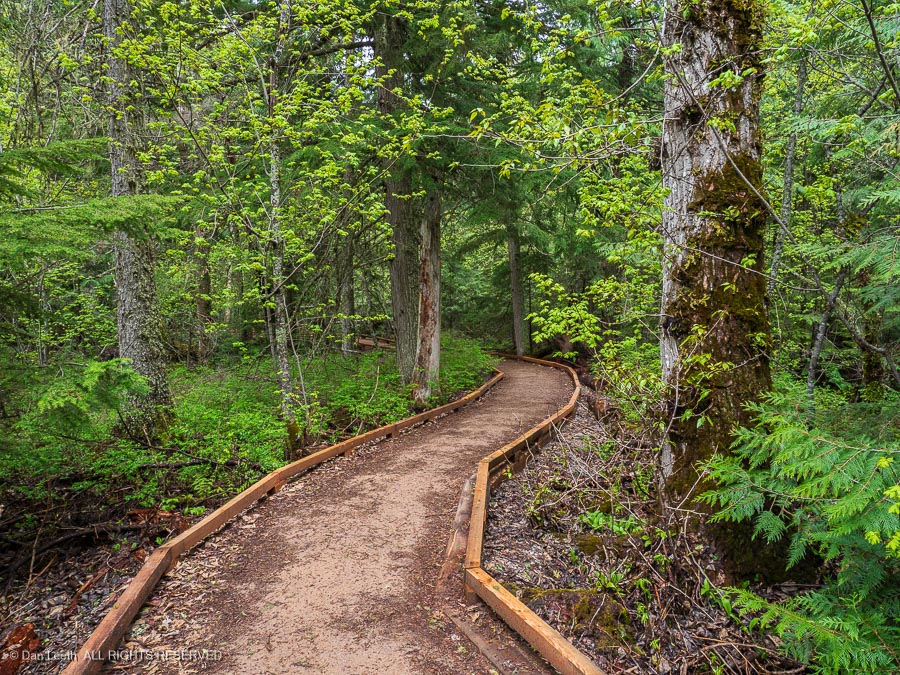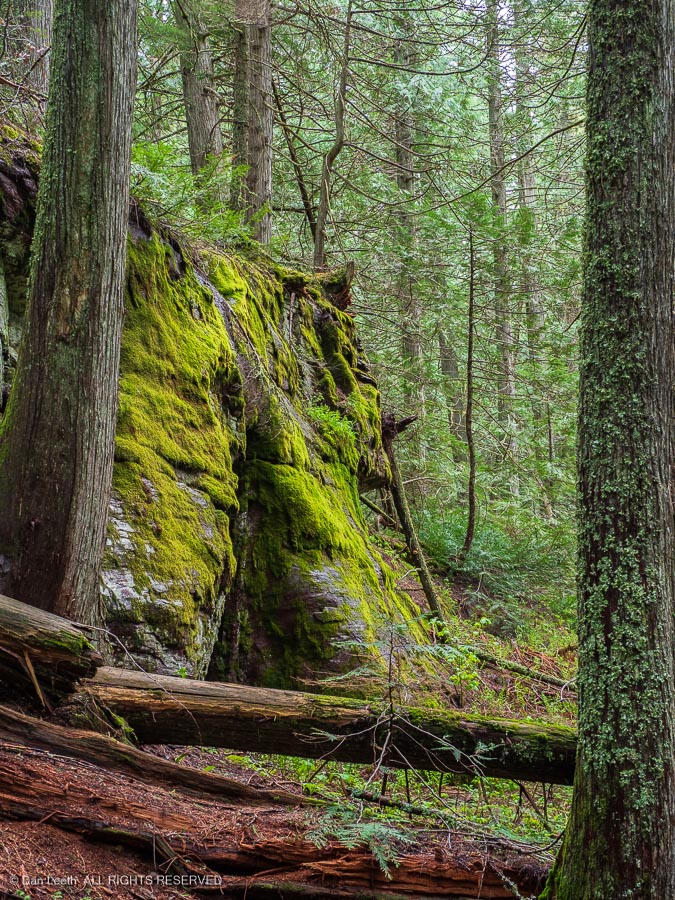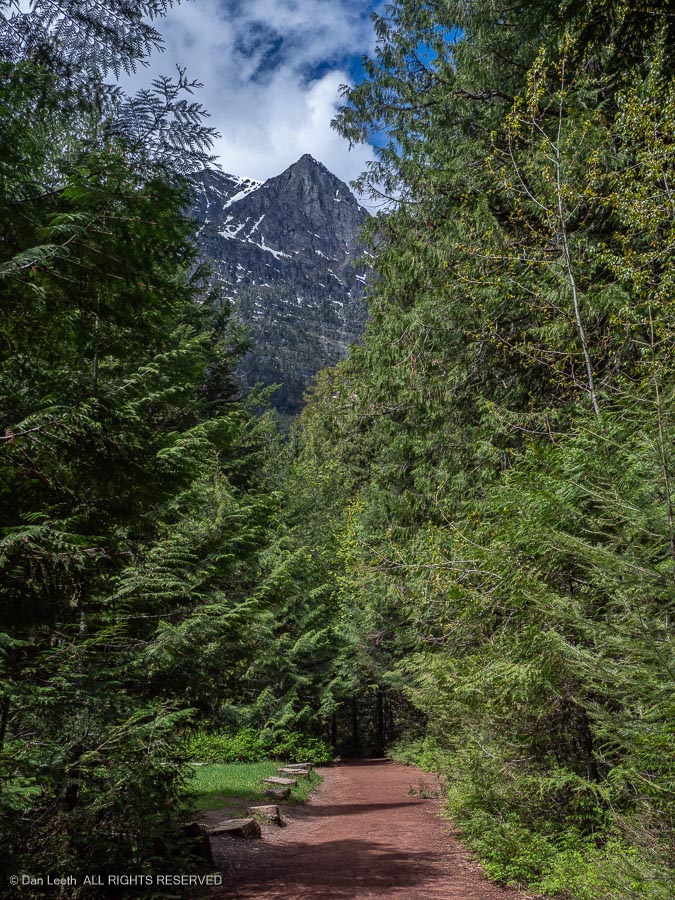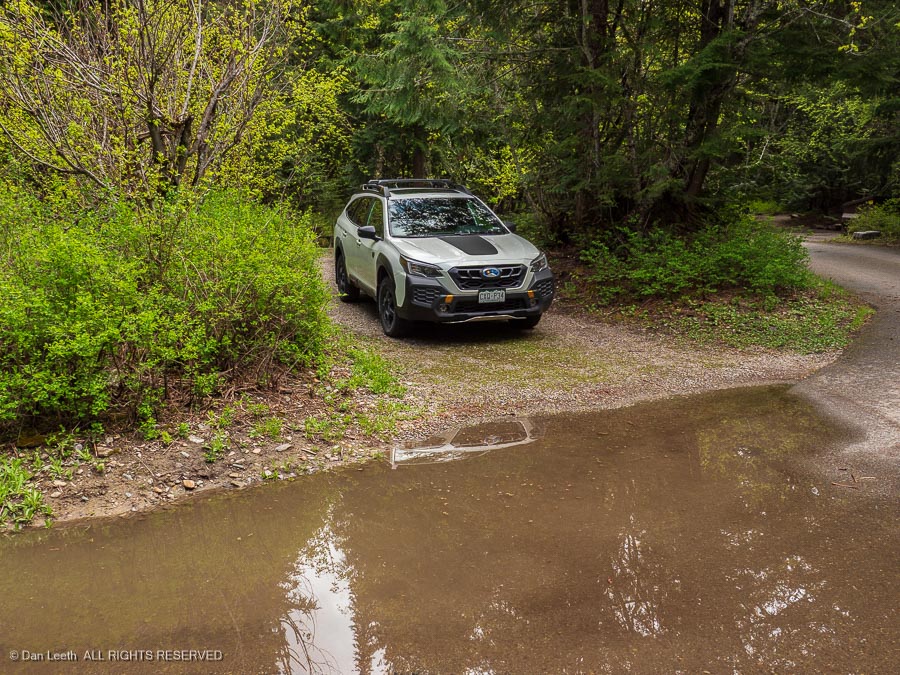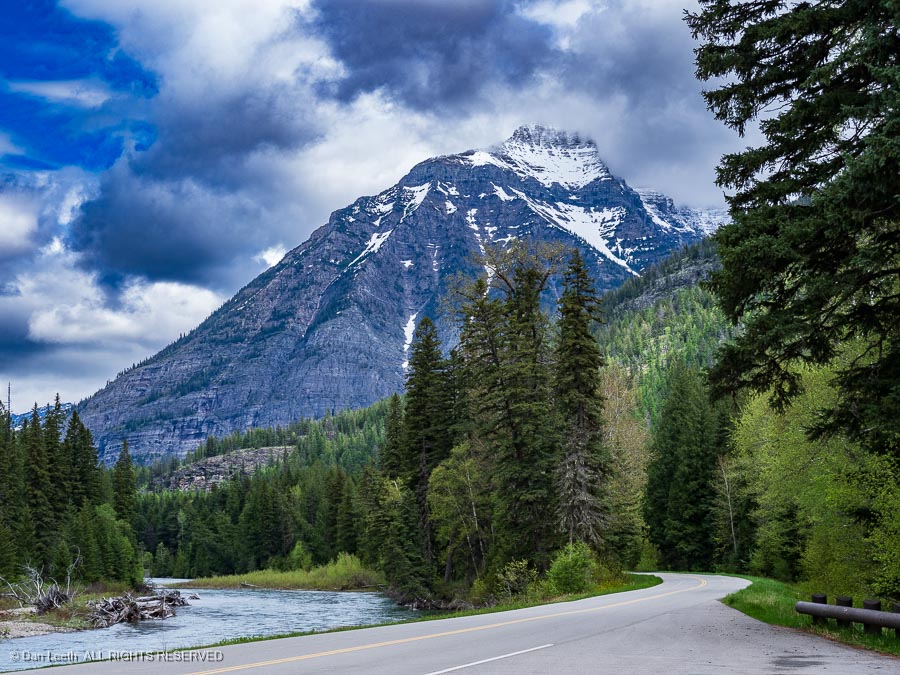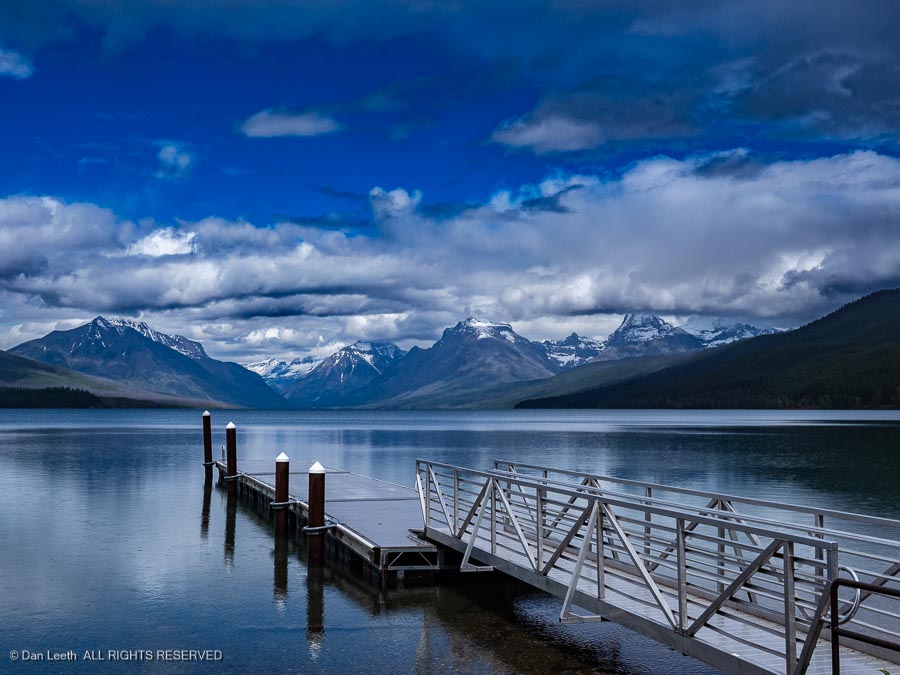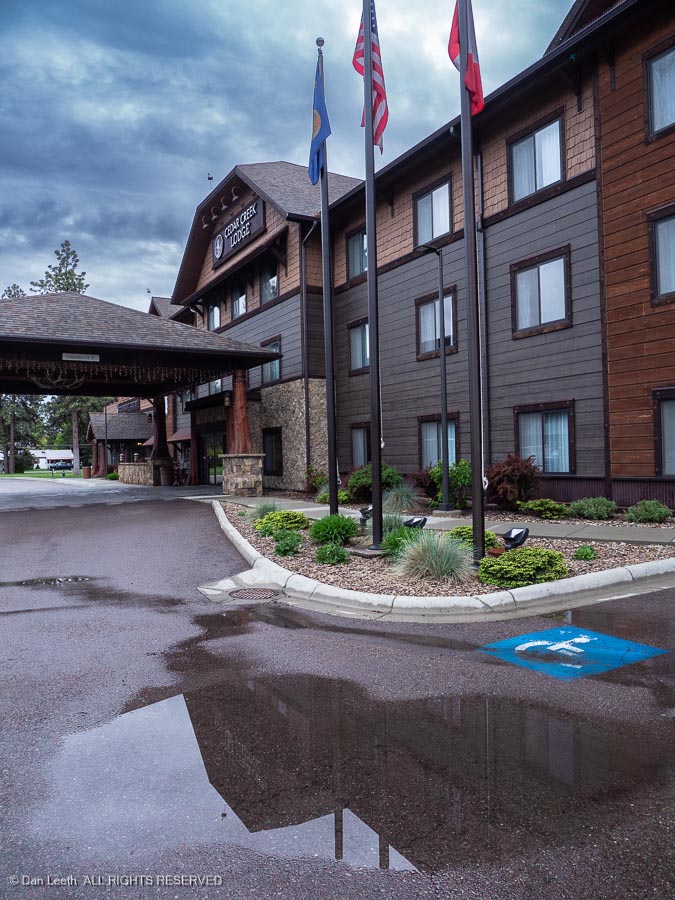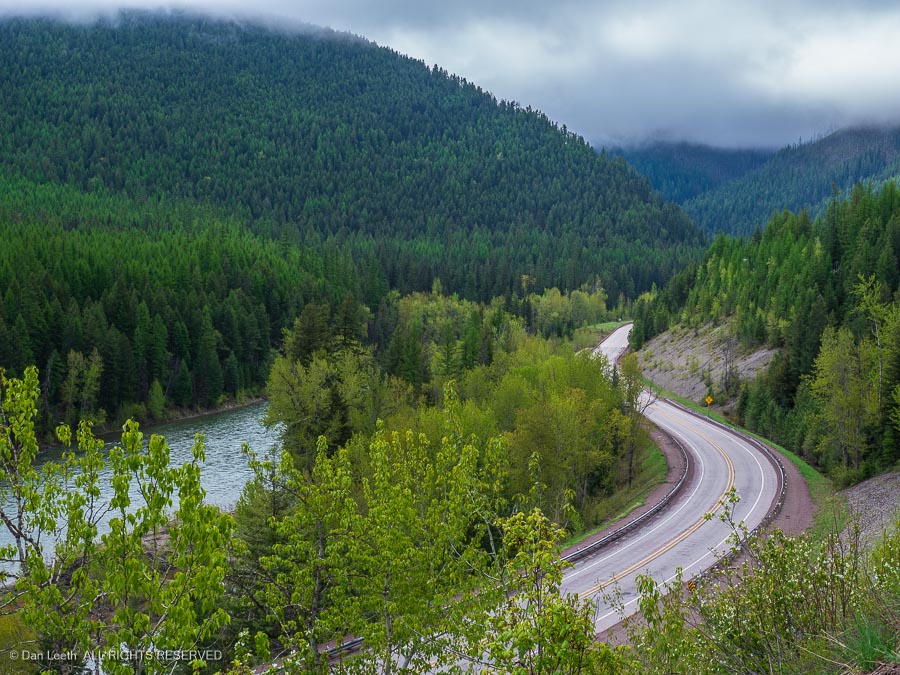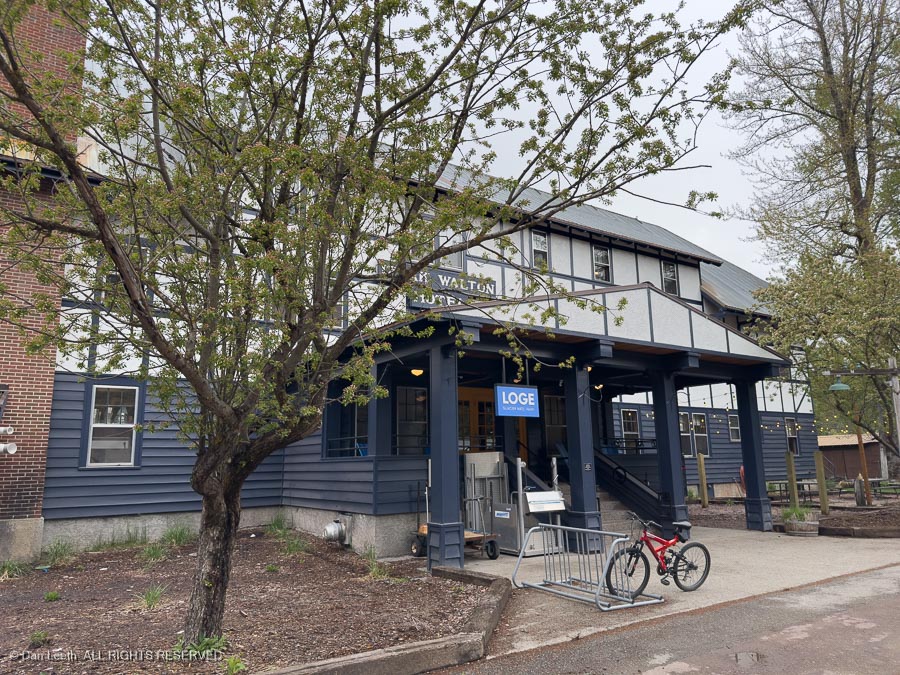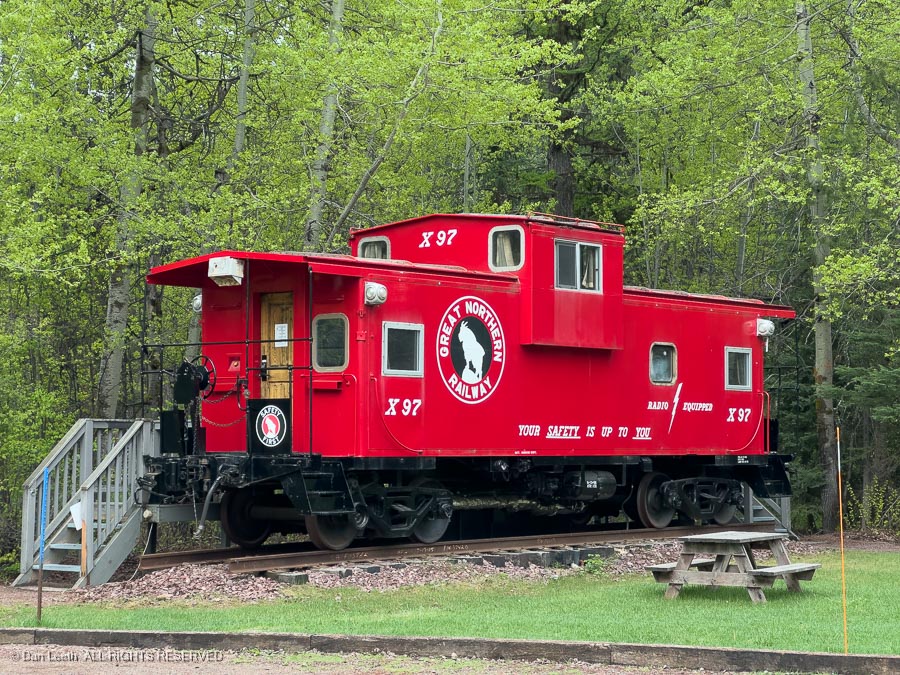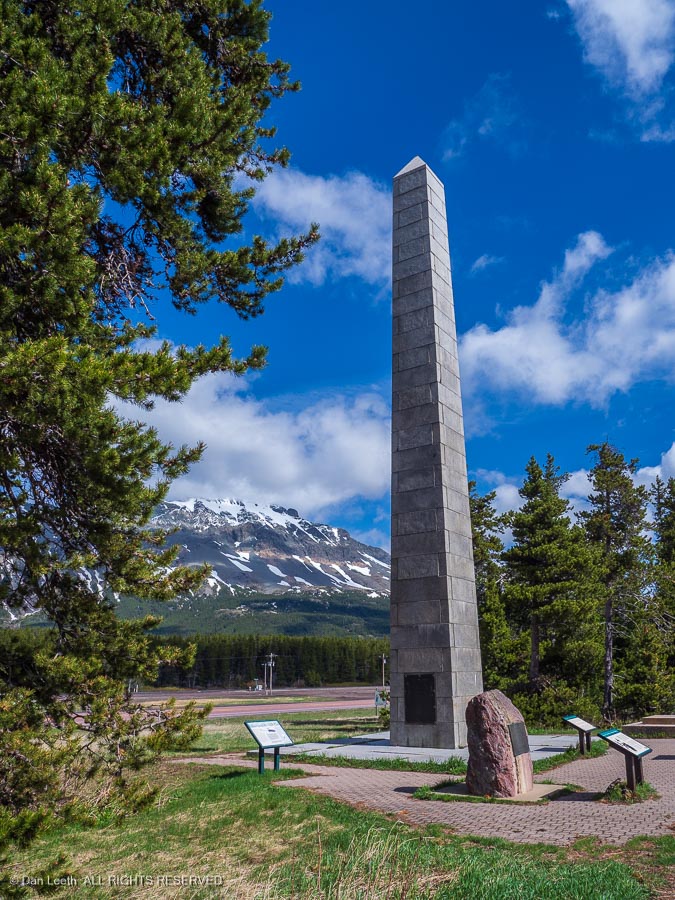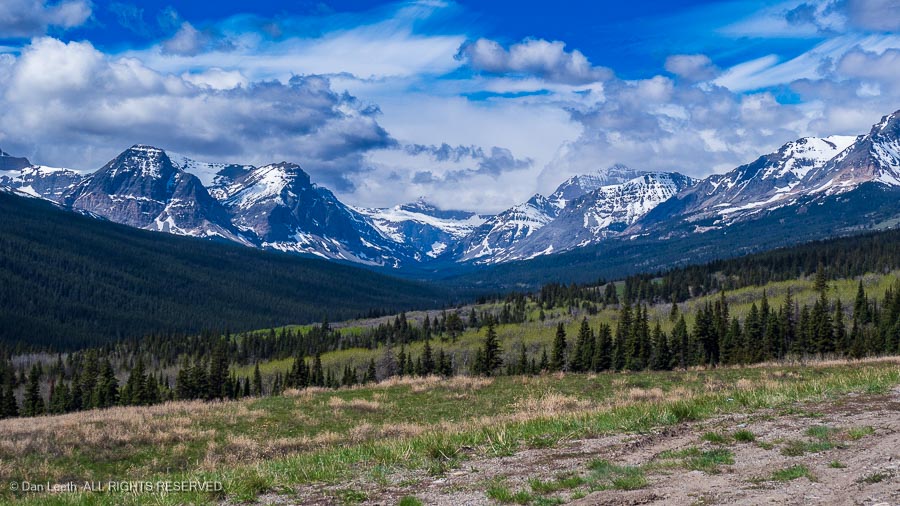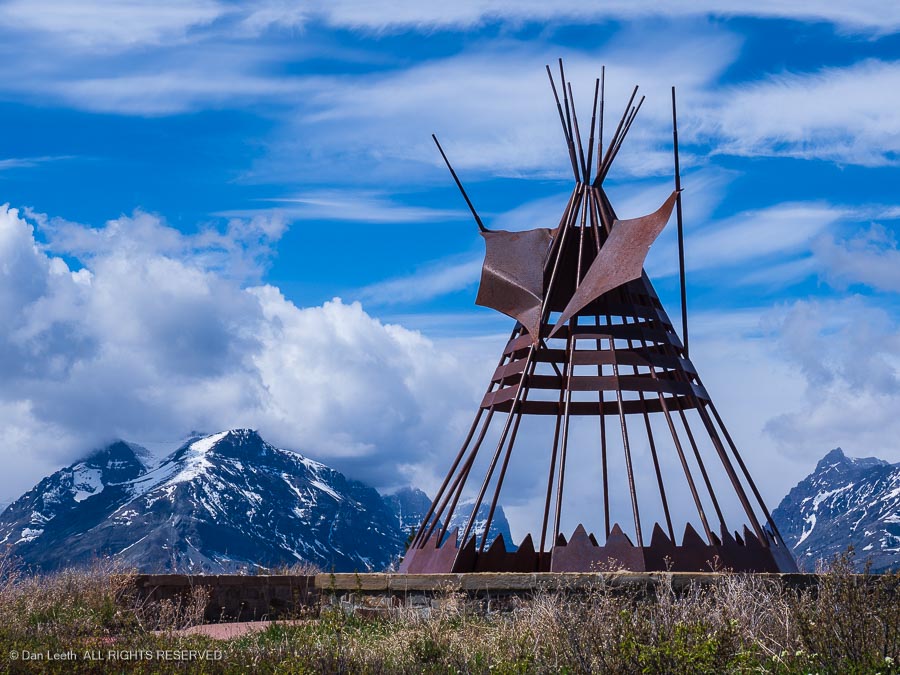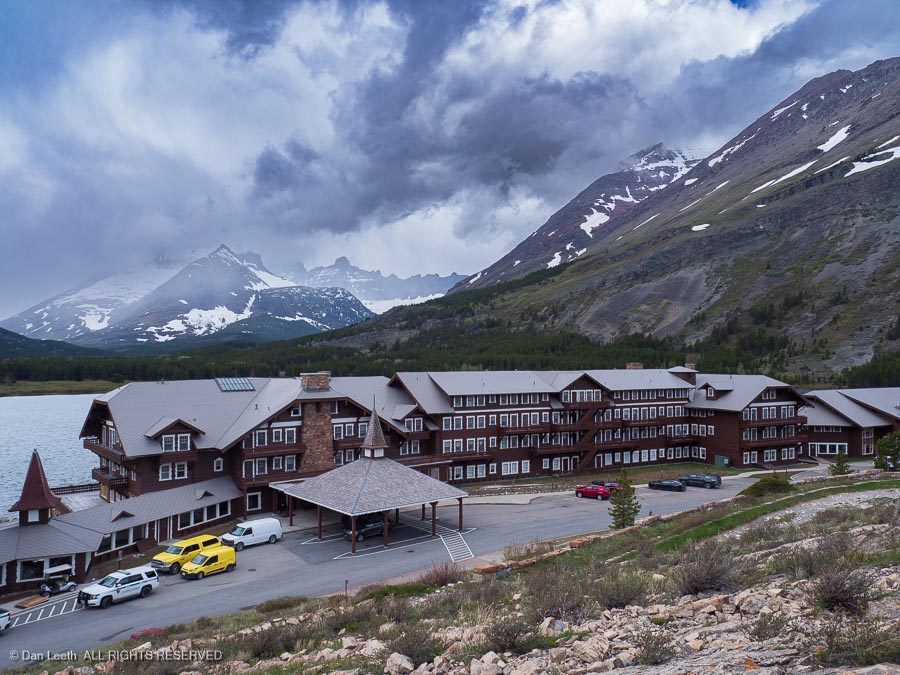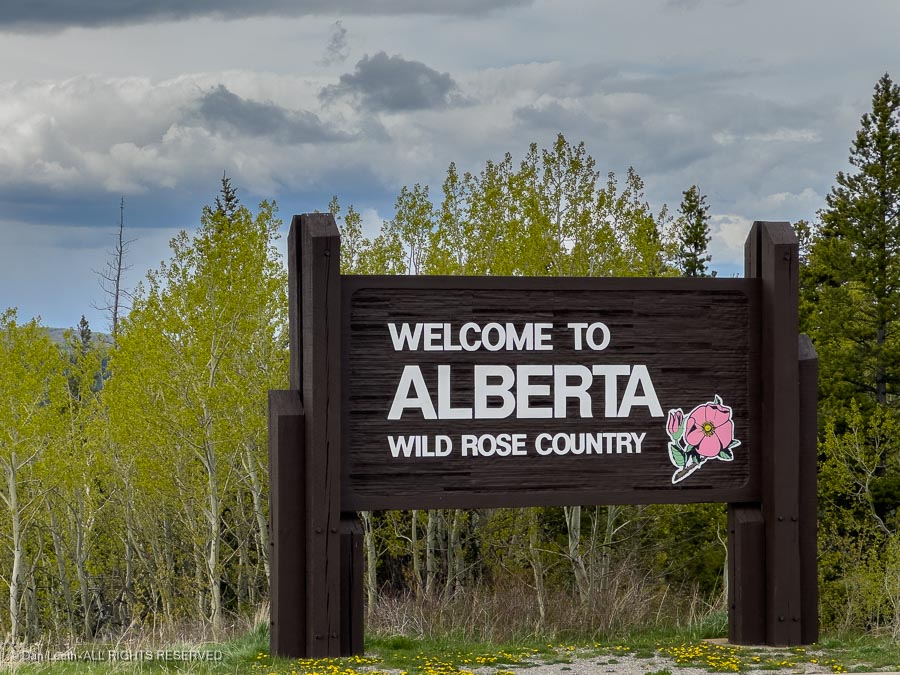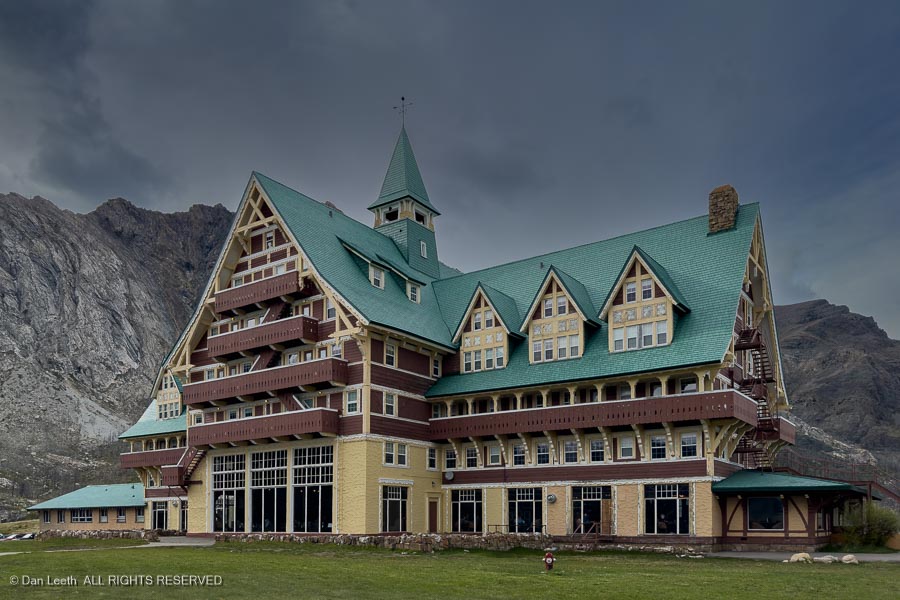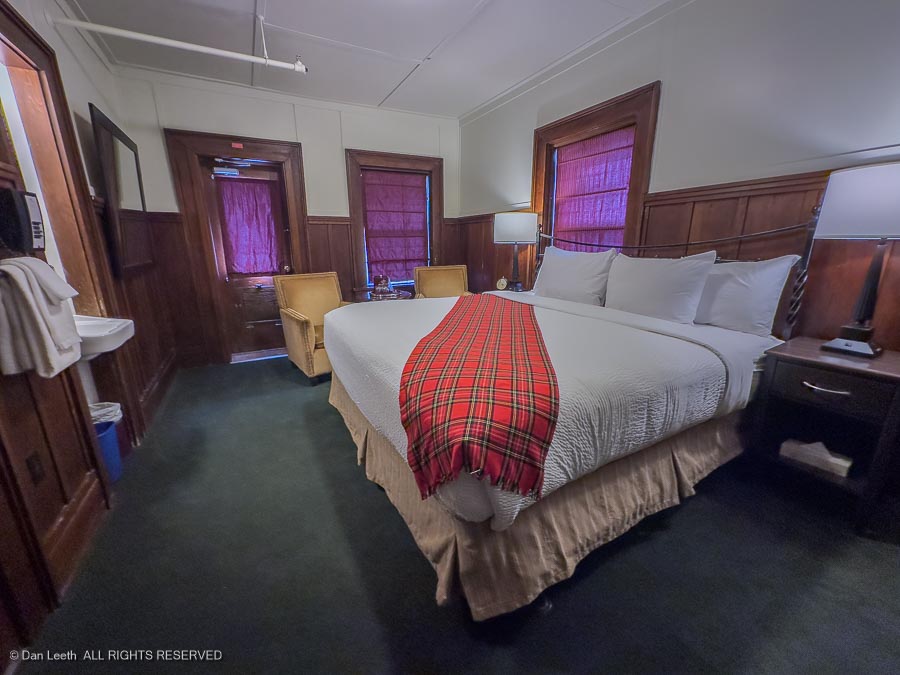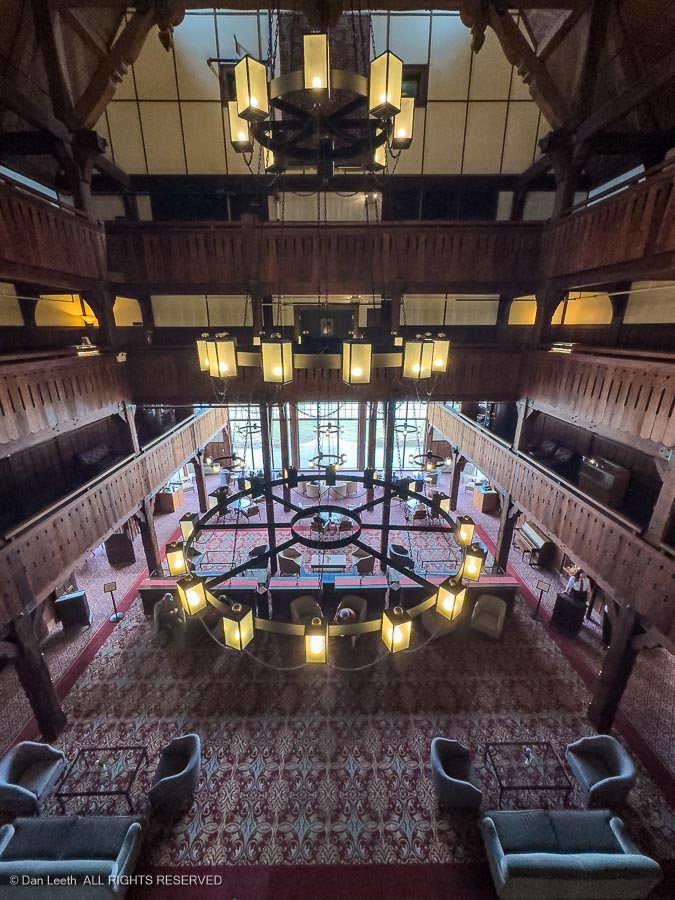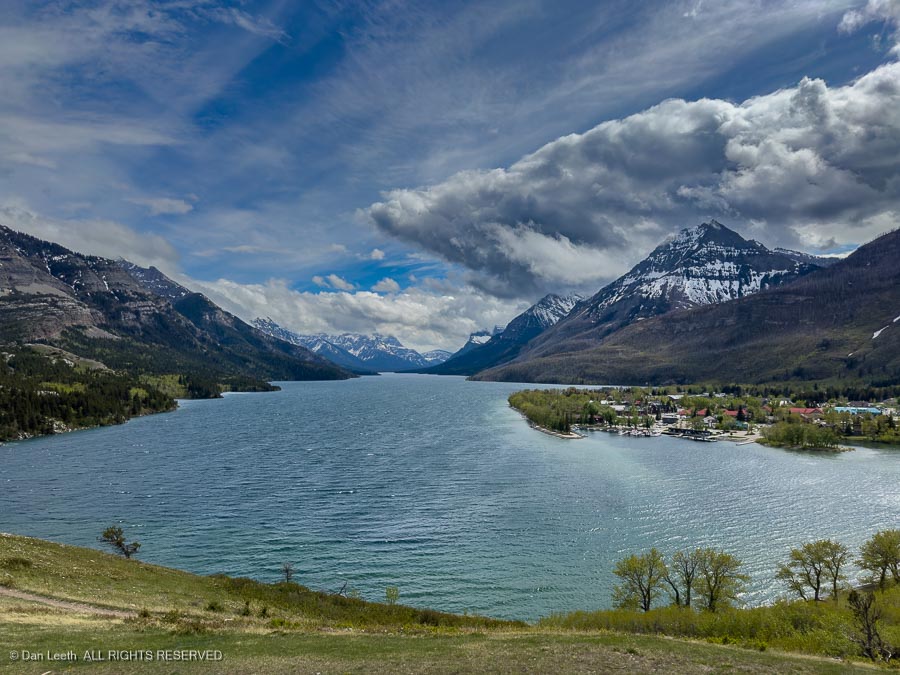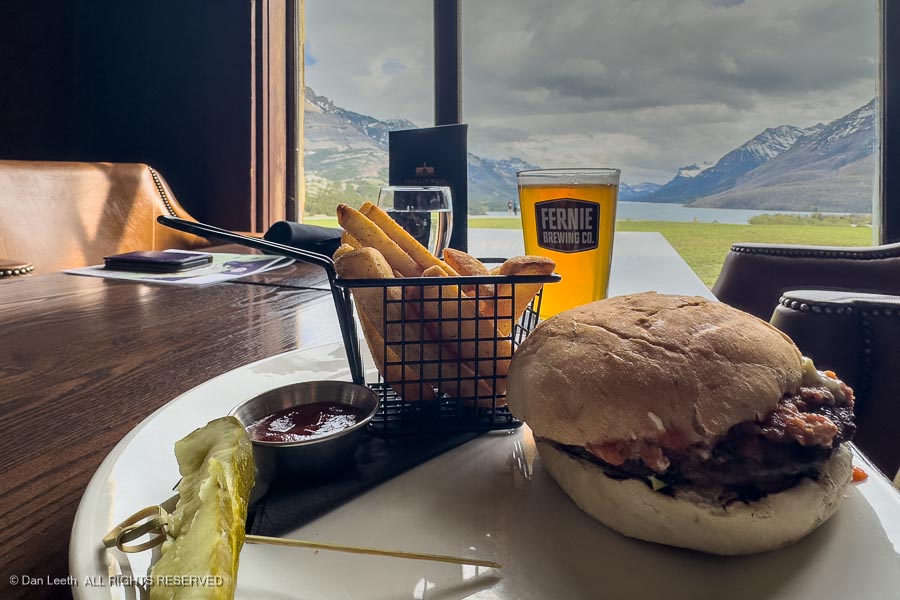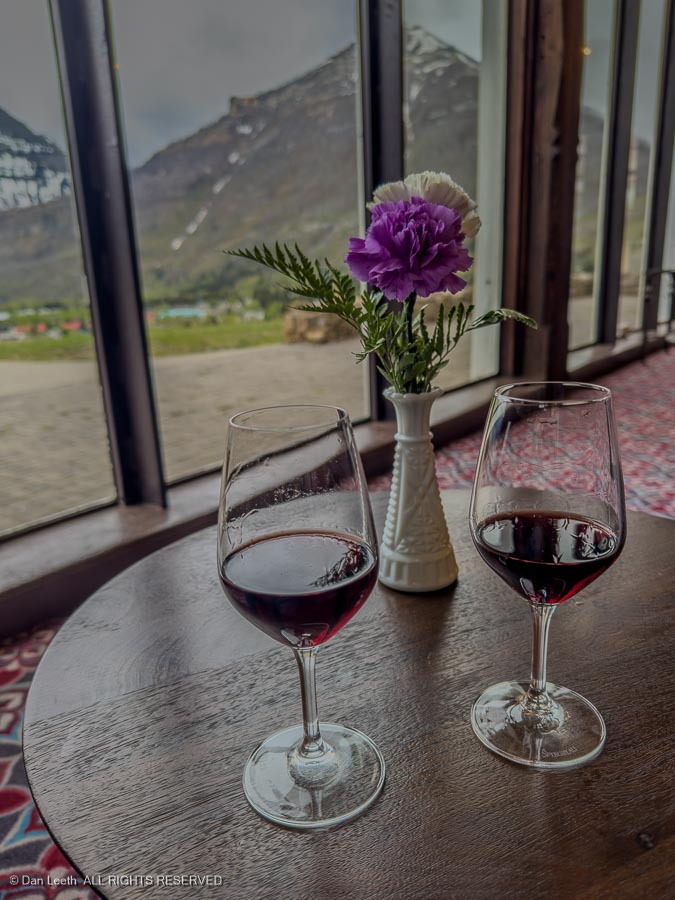It’s mid-August and we’re off to explore a trio of Colorado State Park campgrounds. Our first stop will be Sylvan Lake State Park south of Eagle.

From Fruita, we shot down I-70 toward Eagle with our Nissan GPS navigator (Tighty) pointing out the route. After exiting the Interstate and circling through what seemed like an endless string of roundabouts, we finally got onto Brush Creek Road and headed south toward the Sylvan Lake State Park Visitors Center.

We stopped at the VC, checked in for our campsite and bought a couple of maps of the area. I had to tell my lovely wife “NO” to her buying anymore state park t-shirts. (Or maybe that’s what she said to me.)

Five miles farther down a graded dirt road, we arrived at our lakeside campground.

The Sylvan Lake Campground offers no hookups. We would need to fill our freshwater tank from spigots and charge our batteries with solar. We stopped near one at the day-use parking area and filled up with fresh spring water. At least that’s what the sign said it was.
Our campsite was a pull-through site with a picnic table and campfire ring, which could not be used because of fire restrictions. A small, camper services building with flush toilets and coin-op showers stood a short walk away.

The next morning, we strapped on daypacks and headed up the Sneve Gulch Trail, named for one of the early inhabitants of the area. The route involved a steady uphill grunt through the forest…

…with spots along the way providing stunning views of the 42-acre reservoir below.

Back in camp that afternoon, I got some shots of some of the local wildlife a few hundred yards from our trailer. We made sure we put everything away that night and kept the bear spray handy.

The next day, Dianne stayed in camp while I went to work, exploring and photographing the area for one of my upcoming Colorado Life Magazine camping columns. [Yes, this will be a tax-deductible trip.]

The Brush Creek Valley was homesteaded back in the 1800s, and a few of their old structures still grace the area.

I love old buildings and relish the opportunity to silently search out the stories they could tell.

The road beside the campground continues south, crossing over Crooked Creek Pass before dropping into the Ruedi Creek drainage.

Ahead towered peaks of the Saguache Range.

I thought about driving down into the valley below, but it was getting late so I just turned round and headed back to camp. After all, I had work to do.
I had taken around 450 shots, all of which needed to be keyworded. In olden days before the invention of digits, I could simply number the rolls of exposed film and with the help of scribbled notes, identify what each image depicted when I got home. Now, a victim of the 21st century, I would need to upload the digital shots to my laptop and with a glass of wine in hand, spend the evening identifying subjects and typing keyword/captions.

On our third full day in camp, we hiked the 1½ mile trail around Sylvan Lake where the only motors allowed on the water are battery-operated trolling motors.

Anglers fished from shore…

and from rafts in the water.

We watched folks kayak and SUP (Stand-Up Paddleboard) across the lake’s calm surface, including a pair of young girls, about the size of third-graders out paddling a kayak on their own.

Many folks had a dog (or two) onboard.

“We should bring our grandchildren out here!” I suggested to my lovely wife.
She reminded me that we don’t have any known grandchildren.
“Maybe we could rent some?” I offered.

Our time at Sylvan expiring, the next morning we hooked up the trailer, dumped wastewater at the park’s dump station and opened the fresh water drain plug. Leaving a thin trail of dampness along the pavement, we set off for the next of this trip’s three state park campgrounds.

















































